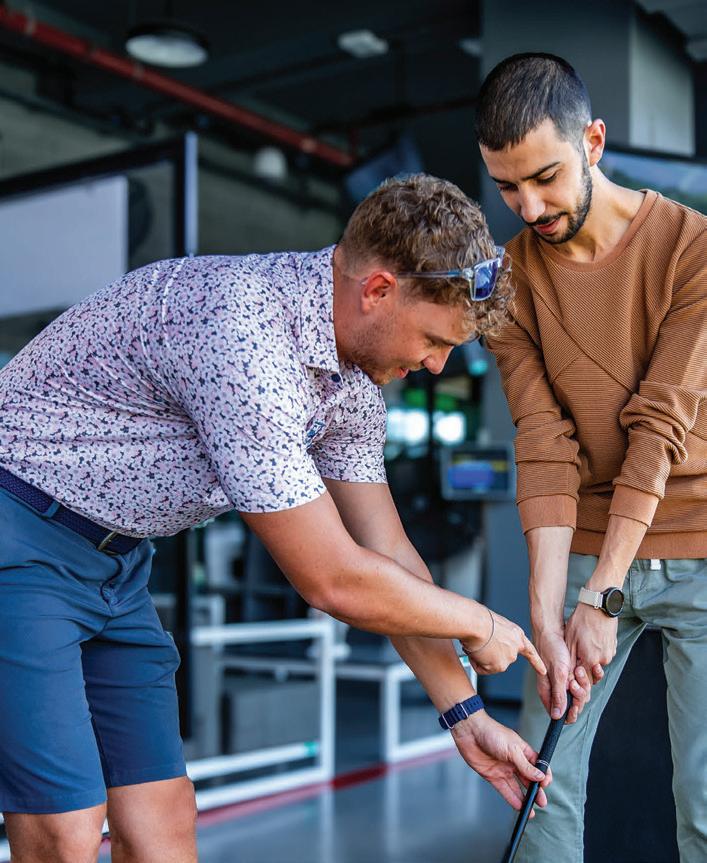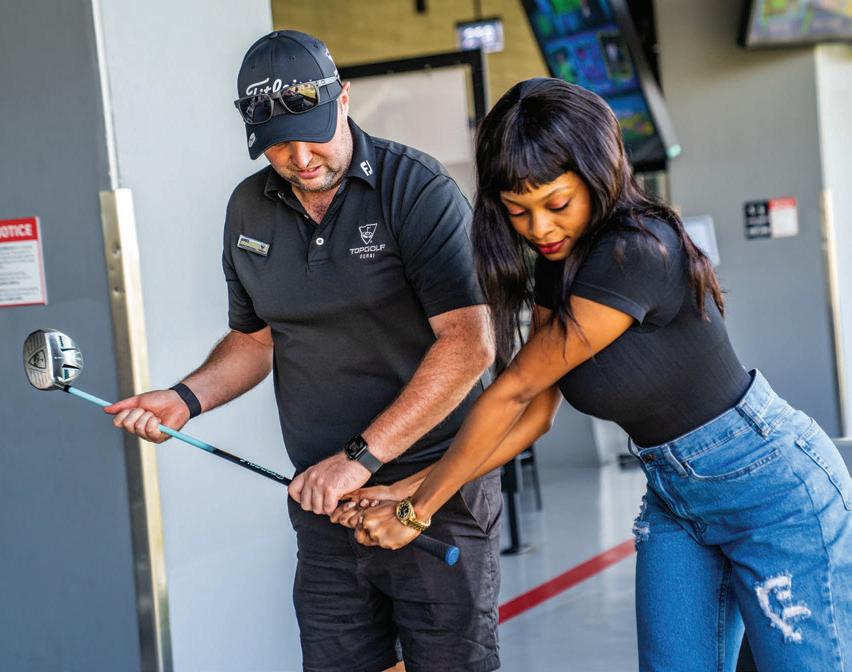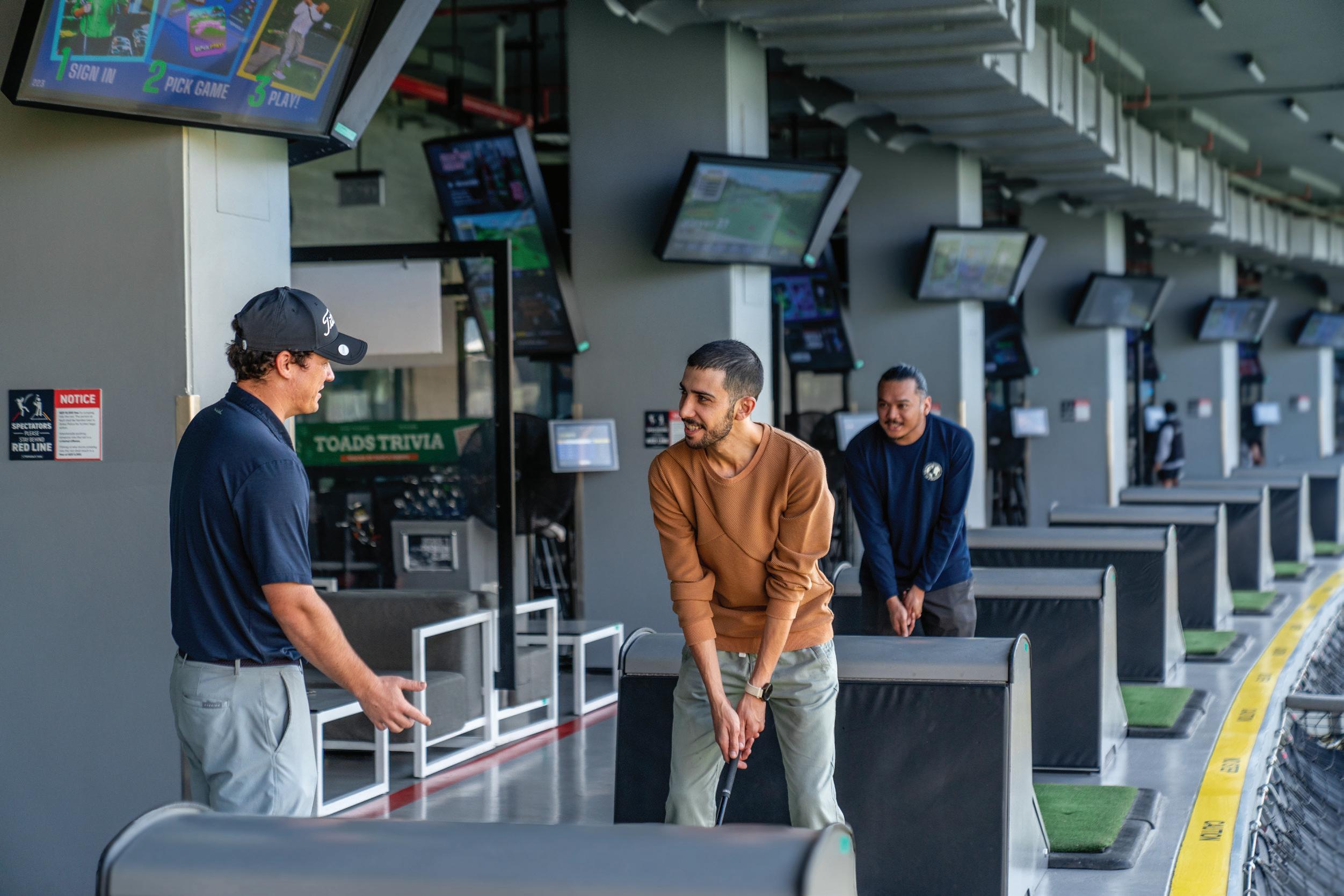

















































































Players at the PGA Championship need to feast on holes 13 through 15 before facing Quail Hollow’s notorious Green Mile that begins with the par-4 16th. Read more about “The Last Meal” on page 36.







4 McIlroy’s Moment Rory has secured the career Grand Slam after finally capturing the elusive Masters title. BY HARRY GRIMSHAW
6 Fairways Of The Pharaohs Egypt welcomes the Pan Arab Ladies and Junior Championship to Cairo. BY HARRY GRIMSHAW
42 Big Stakes In Seoul The Aramco Korea Championship makes a bolstered return.
43 Quick 9 With AGUILA GOLF Fashion in golf is redifining modern golf wear for all.













46 Carrying The Flag & Chasing The Dream Saudi Arabia’s newest pro tells his story. WITH HARRY GRIMSHAW
48 Man Of Steel
My keys to turn your iron play into a strength. BY
JOAQUIN NIEMANN
56 This Is Your Captain Speaking The big hitters’ case for professional team golf. BY
14 A Long Way Back Daniel Berger is healthy and contending again thanks to big swing changes. BY DAVE ALLEN
16 Fix Your Shanks
Here’s your self-help drill and on-course correction BY





19 HOT LIST PART 4
Blade Putters
36 PGA Championship
8 Undercover Pro
has slow play wrong.
44 Ajman’s Female Caddie Revolution Al Zorah Golf and Yacht Club is bringing a fresh dynamic to the golf course.
12 Putting Pressure Practice these tips for the pressure moments.
AMY CONDON

Players gorge on birdies before facing Quail Hollow’s Green Mile.
66 Club News A gallery of some of the local winners in the
Rory has claimed the elusive green jacket to seal himself into golfi ng immortality.
BY HARRY GRIMSHAW
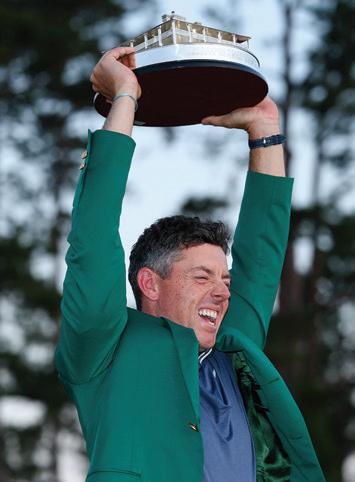
WELL, WELL, WELL – it’s finally happened. If golf were a computer game, Rory McIlroy has completed it! The career Grand Slam is finally his.
Rory McIlroy is now the ultimate alpha dog when he walks onto any driving range around the world. He’s joined a club that only five other men have entered – the last being Tiger Woods in 2000. The Northern Irishman has got his hands on that elusive Green Jacket after finally winning The Masters, and he did it in memorable fashion!
The question now is: does he go for the Tiger Slam and try to hold all four majors at the same time – albeit not in the same calendar year?
If ever there was a year to do it, 2025 could be Rory’s best chance.
He’s already ticked off The Masters.
The U.S. PGA is at Quail Hollow, where he has won four times on the PGA Tour!
The Open Championship is at Royal Portrush in Northern Ireland – that’s basically a home event!
The only venue where he lacks form is Oakmont Country Club, host of this year’s U.S. Open – and the last time Rory played there, he missed the cut in 2016. But let’s not worry about that!
While the golfing globe was fixed on Rory’s magical Masters, and rightly so, here in the Middle East we sign off on a successful double-header from the HotelPlanner Tour’s eGolf Swing in Ajman and Al Ain. The two events saw Italian Renato Paratore claim both titles as he looks to retain his playing privileges on the DP World Tour. Meanwhile, as temperatures begin to rise across the region, most regional Club Championships are being wrapped up for another season (you can read more about that in The Gulf Club on page 66), and Jackson Bell sealed the top spot on the Emirates PGA Order of Merit after a stellar season for the Tommy Fleetwood Academy Teaching Professional.
But fear not – we’ve still got a couple of exciting events on the Arab Golf Series to look forward to in May: the Pan Arab Ladies and Juniors in Egypt, the Jordan Open at the end of the month, and of course the Emirates PGA’s Dubai Golf Trophy in midMay! Can the professionals stop the amateurs’ winning streak?
We will of course be there bringing you all the action via our Golf Digest Middle East social media channels!







harry.grimshaw@motivate.ae @harrygrimshaw / @golfdigestme
editor-in-chief
Obaid Humaid Al Tayer
managing partner & group editor
Ian Fairservice
chief commercial officer
Anthony Milne
editor Harry Grimshaw
art director Clarkwin Cruz
editorial assistant Londresa Flores
publisher David Burke
general manager - production
S. Sunil Kumar
production manager Binu Purandaran
assistant production manager
Venita Pinto
THE GOLF DIGEST PUBLICATIONS
editor-in-chief Jerry Tarde
senior director, business
development & partnerships
Greg Chatzinoff
international editor Ju Kuang Tan
GOLF DIGEST USA
editor-in-chief Jerry Tarde
general manager Chris Reynolds
editorial director Max Adler
executive editor Peter Morrice
art director Bill Specht
managing editors Alan P. Pittman, Ryan Herrington
playing editors Collin Morikawa, Jordan Spieth, Bubba Watson
head office
Media One Tower, PO Box 2331, Dubai, UAE Tel: +971 4 427 3000; Fax: +971 4 428 2266
dubai media city
SD 2-94, 2nd Floor, Building 2, Dubai, UAE
Tel: +971 4 390 3550; Fax +971 4 390 4845
Email: motivate@motivate.ae
abu dhabi
14th Floor, Office 1406, Makeen Tower, 9th Street, Al Zahiyah, PO Box 43072, Abu Dhabi, UAE Tel: +971 2 677 2005; Fax: +971 2 657 3401
Email: motivate-adh@motivate.ae
saudi arabia
Regus Offices No. 455 - 456, 4th Floor, Hamad Tower, King Fahad Road, Al Olaya, Riyadh, KSA
Tel: +966 11 834 3595 / +966 11 834 3596
Email: motivate@motivate.ae
london
Motivate Publishing Ltd, Acre House, 11/15 William Road, London, NW1 3ER, UK
Email: motivateuk@motivate.ae
and


Egypt welcomes Pan Arab Ladies and Juniors Championship to Cairo
LOCATED IN NEW CAIRO, EGYPT, Madinaty Golf Club was designed by the renowned Robert Trent Jones Jr. The club boasts an 18-hole Championship golf course and has been awarded “Best Golf Course in Egypt” by the World Golf Awards for four consecutive years — 2021, 2022, 2023 and 2024. It also won the title of “Africa’s Best Golf Course” for 2024.
Looking ahead, Madinaty will host the Pan Arab Ladies and Juniors Championship as part of the Arab Golf Series from May 7-10 2025. The event will be co-hosted, with the Sir Nick Faldo designed Katameya Dunes Golf Club (pictured below), under the sanctioning of both the Arab Golf Federation and the Egyptian Golf Federation.
The prestigious championship will feature five divisions across boys’ and girls’ age categories, as well as a ladies’ division. Eligible countries include: Bahrain, Egypt, Iraq, Jordan, Kuwait, Lebanon, Libya, Morocco, Oman, Palestine, Qatar, Saudi Arabia, Somalia, Tunisia, and the United Arab Emirates.






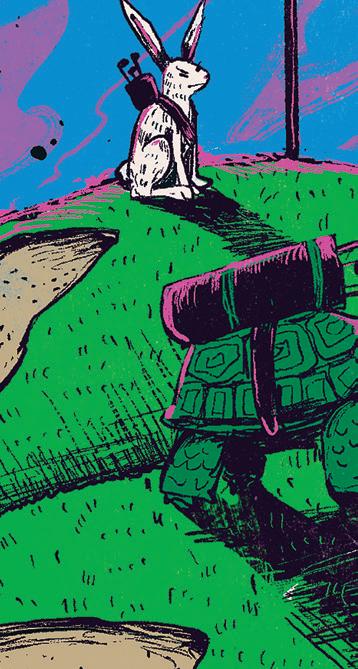

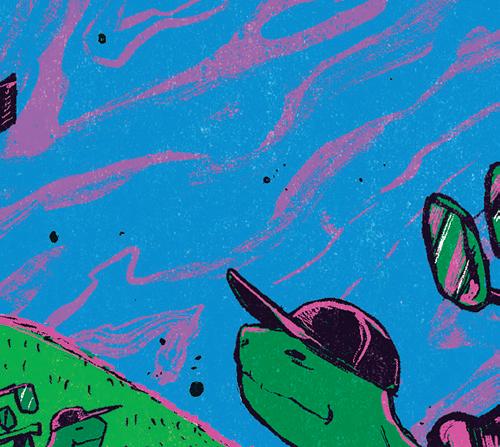
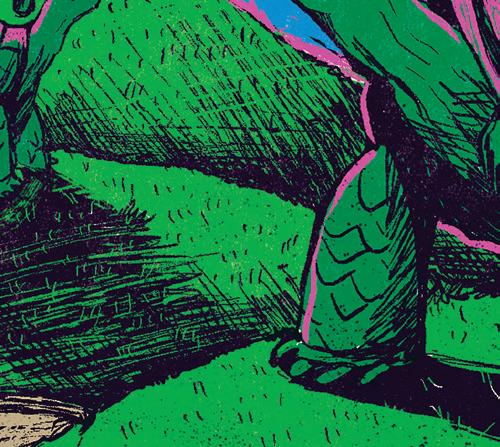

THE PGA TOUR ANNOUNCED at the Players Championship that it is cracking down on slow play. The tour execs say they are going to publicly release the names of slowplay offenders and even assess penalty strokes. Great ideas, but what hasn’t been said is what’s causing all the fivehour-plus rounds.
IT’S THE SHORT GAME. Ever notice how fans and even some players are quick to roll their eyes when someone freezes over a tee shot? Everybody watching is
thinking, Come on, hit the ball already! But put that same golfer on the green and suddenly we’re all patience and understanding. Nobody bats an eye when a guy spends three minutes reading a putt from every angle. Dustin Johnson is the classic example. Tee-to-green, the dude is a blur. He hits before his name’s announced. But hand him a putter? Might as well pack a lunch. When he and his caddie, his brother Austin, circle a green, they look like two guys deciding whether that fender scratch warrants an insurance claim or a po-
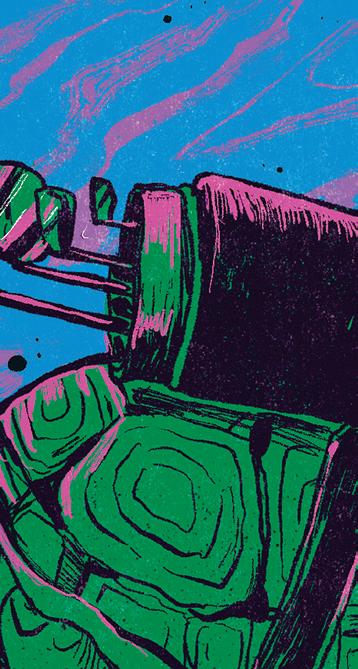

lice report. Let’s put a shot clock on the greens. That’s where time goes to die. IT’S WHAT’S ON THE LINE. Few guys are truly comfortable out here, which maybe sounds ridiculous given all the extra money we can make now. The pressure of finances, points and status is constant, grinding away at you shot after shot, tournament after tournament. On a tour where 190 guys play the minimum 15 starts for membership, maybe 25 or 30 feel “safe.” The calculations and ramifications can run through your mind over every putt, every chip, every drive. With the more closed nature of signature events and the amount of tour cards being reduced, I can’t imagine pace of play getting any faster. When your livelihood depends on each stroke, deliberation isn’t just understandable—it’s inevitable. The tour’s structural changes have only
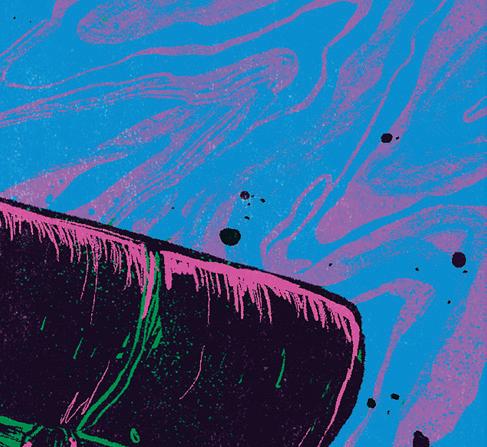
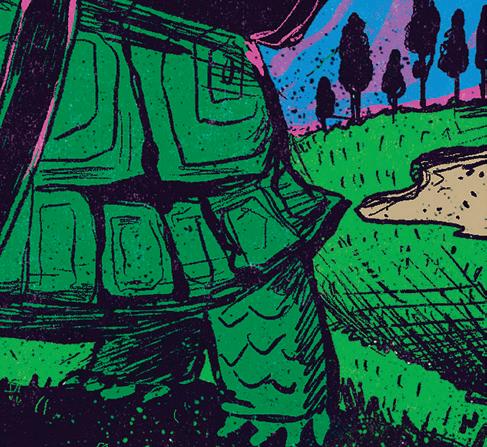

amplified the pressure cooker that already existed.
IT’S JUNIOR GOLF. Most of the slowest guys on tour are 28 or younger. This new generation was raised in the era of analytics and microscopic dissection of every aspect of the game. These young pros are stepping off yardages for simple 40-yard pitch shots previous generations would execute on feel. They’re having five-minute strategy sessions with their caddies when the right play is glaringly obvious to everyone watching. This approach isn’t entirely their fault. These pups have been conditioned since childhood to trust systems over instincts, data over intuition. Their development occurred in junior programs where every swing was videotaped, every statistical category tracked, every decision scrutinised by hovering coaches, parents and trainers. As a result, the tour is increasingly populated
“I don’t care what the studies say. If I’m playing with an AimPointer, I know I can go ahead and cancel dinner reservations.”
by technicians who play chess while their predecessors played jazz.
IT’S FEATURED GROUPS. You know who’s quietly becoming slow? Scottie Scheffler, and it’s not his fault. Have you ever seen the absolute madness that follows star pairings? One guy hits one ball slightly off line and watch what happens. It’s like herding cats trying to clear everyone out. If you think playing with these guys is tough, try going directly in front of or behind them. You’re standing over a par putt while 50 people are stampeding past you to get into position to see the marquee group.
IT’S AIMPOINT. Sorry Lucas Glover, Max Homa, Keegan Bradley, et al. I don’t care what the studies say. If I’m playing with an AimPointer, I know I can go ahead and cancel dinner reservations.
IT’S THE CULTURE. I played a few rounds with Tom Kim before he came to the PGA Tour. The transformation is striking—while he wasn’t exactly a roadrunner before, he certainly wasn’t the tortoise he’s become. After competing on three major tours worldwide, I can tell you with certainty that American professional golf is the slowest. What’s fascinating is how it spreads. That one group moving at a glacial pace creates a bottleneck that ripples backward, hole after hole, and nothing—absolutely nothing—infuriates professional golfers more than waiting. The irony is that our instinctive response to combat this slowness is to unconsciously adopt it ourselves. Suddenly you’re taking those extra practice swings, that additional read from behind the ball, one more visualisation before pulling the trigger—all because you’ve
got nowhere else to go while waiting for the group ahead. Before you realise it, you’ve absorbed the very behavior you despise. My closest friends flew from Europe to Austin a few years back to watch me at the Match Play Championship. Their verdict after following me for 18 holes was, “When did you get so damn slow?” The American tour had rewired my golf brain without my even noticing.
IT’S GAMESMANSHIP. I’ve played with Jason Day in a non-tournament round. That man can move. Come tournament time, he’s as methodical and unhurried as a wedding where both families brought their extended relatives. But while he’s walking along at a snail’s pace, he might suddenly speed up when it’s your turn, moving just enough to break your focus. It’s not just him. Dozens of guys have this same curious habit, and if you’re not expecting it, the move can get just enough under your skin to cause a problem. We will call each other out for quick-triggering, but a warning from a competitor is a small price to pay for getting inside his head.
IT’S THE COVERAGE. The Open Championship is always among the slowest tournaments of the year. It’s such a different game with the wind, the ground, and the setups. When a seemingly perfect drive can bound into a pot bunker or a gentle breeze can transform into a sideways gale, every shot demands careful consideration. Despite the deliberate pace, I consistently hear from friends that The Open is their favourite broadcast. When international feeds take over from American production, gone are the excessive pre-taped biographical packages, footage of players marking two-foot putts and relentless commercial breaks. Instead, viewers are treated to what they crave: an uninterrupted symphony of pure golf shots. When viewers can witness more golf from more golfers, the perception of slow play diminishes. The game itself becomes the focus rather than the waiting. Perhaps the “slowplay problem” isn’t about pace at all but rather about how we choose to frame and present those inevitable pauses in the broadcast.
—WITH JOEL BEALL
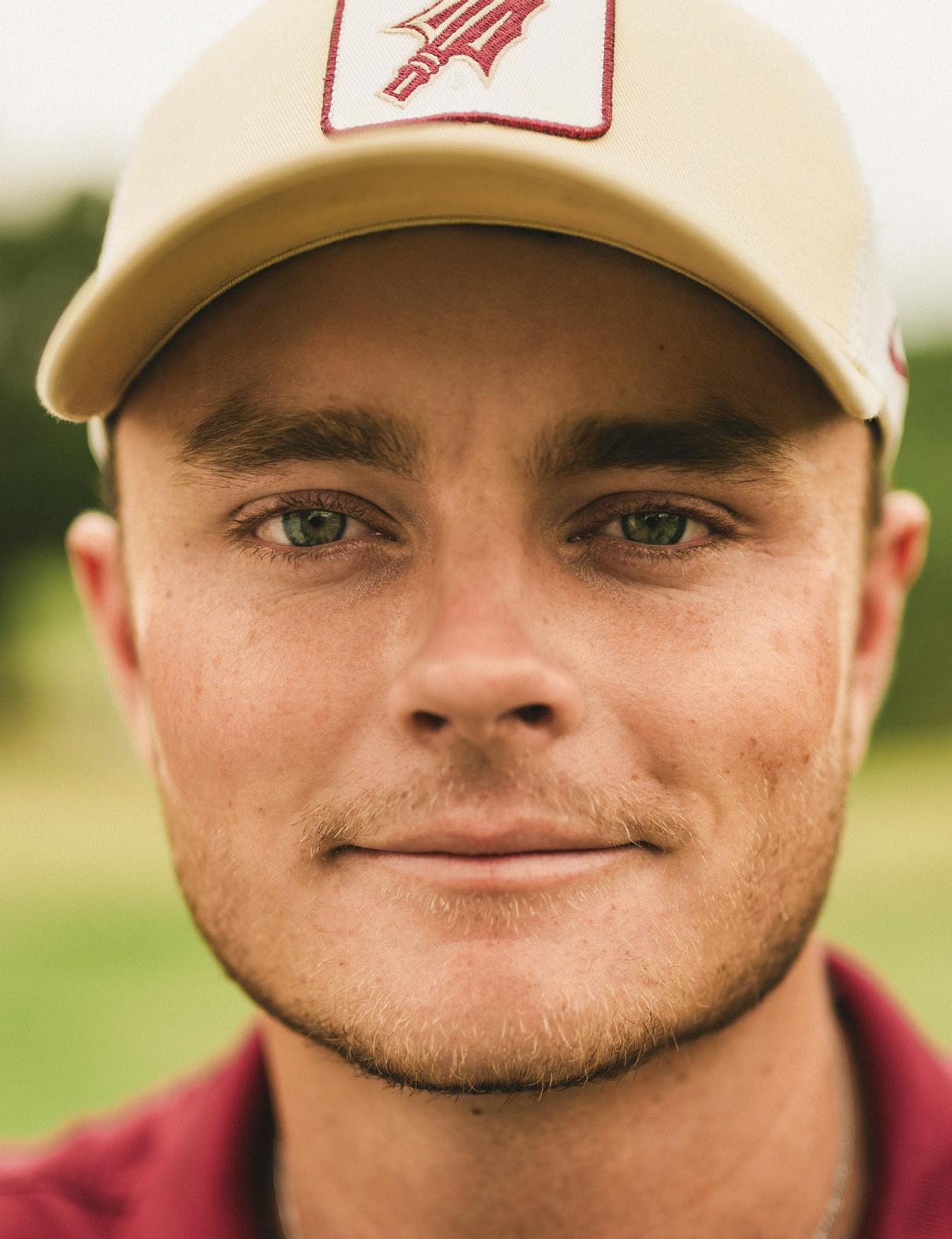
WITH KEELY LEVINS
In January 2024, I lost the lead in the final round of the Jones Cup, a top amateur event. I told my swing coach Jeff Leishman, “I absolutely can’t stand this. I can’t stand losing.” He said, “This is not going to be a concern in six months.” He was right. By July, my life had completely changed. If you told me then that I’d be juggling college homework with contending in PGA Tour events, I would have said you’re crazy.
My dad wasn’t an avid golfer, but he took my two older sisters to a local range. I was four years old and didn’t know what golf was, but I knew I’d get to be with my dad, so I said I’d go. I played my first tournament when I was seven. I was the only kid in my age group, but I still proudly carried that trophy home after shooting 44.
●
●
●
FLORIDA STATE AGE: 21 FROM: HIALEAH, FLORIDA.
Dad didn’t know a lot about golf, but he read magazines to learn the technique. The Country Club of Miami, a public course we played, had artificial practice greens, 50-80 yards away. We’d be out there for hours with a flashlight, so I could see the ball in the dark. Those evenings with my dad are a huge reason why I love the game.
● ● ●
We were never members of a course. My mum is a Delta flight attendant and works 12-hour shifts. My dad owns a glass business and worked as a landscaper. They never complained or let us feel any stress. To afford travel for junior tournaments, my dad and I would stay in grungy hotels, but I didn’t care. I was with my dad on an adventure.
●
●
●
I won a lot regionally and won my age group in the 2015 U.S. Kids World Championship. I knew I wanted to turn pro. When I was 15, I started waking up at 5 o’clock in the morning to work out. When I wasn’t at school, I was
practicing. The more I won, the more obsessed I became.
● ● ●
When I was looking at colleges, I wanted honesty. When Florida State Head Coach Trey Jones told me, “We aren’t going to treat you any different,” I said, “Perfect.” Everyone on the team, freshman to senior, must qualify for events. We work hard and have accountability. If you show up two minutes late or wear the wrong socks, you hear about it.
● ● ●
During those first two years of college, Leishman completely changed my mentality. He helped me see that my focus on winning created a lot of anger on the course. The self-imposed pressure to win made every bad shot feel like the end of the world. If I didn’t play well in the first round, I thought about quitting. Now, I think about the work I can do because that’s all I can control. Winning isn’t up to me.
● ● ●
This mentality shift took time and effort. My faith helped me. I put my faith in the man above to accept whatever happens. I’m not going to let what happens on the course change how I think about myself. Golf isn’t everything. Realising that freed me up.
● ● ●
It all clicked when I got to the 2024 U.S. Open at Pinehurst. On Sunday, walking up 18, I was one of the top am-
ateurs in the field. My caddie yelled, “Take off that hat right now!” I waved to the crowd, and everyone cheered. To celebrate, I got ice cream with my dad and girlfriend. I’m a simple guy. I don’t need a lot to have a good time.
● ● ●
Because of that finish, I got a sponsor’s exemption at the Rocket Mortgage. I was grateful, but I didn’t expect to be in contention. When I finished T-10, I realised my game is good enough. I carried that belief into the John Deere and finished tied for second. The next month, I finished fifth at the Wyndham. Seeing these guys on TV every week and then competing against them is still surreal. I’m warming up and see Scottie roll up, and I’m like, What am I doing here?
● ● ●
With those finishes, I got points for PGA Tour University Accelerated but needed more to earn my card. If I turned pro, I would be needing sponsors’ exemptions and trying to Monday qualify. I decided to go back for my junior year because I love my coach and teammates like family. I can keep getting better as a golfer and a person here.
● ● ●
NIL helps, too. People think amateurs now make millions of dollars, but that’s not true. We’re making money, but it’s the type of money that makes it comfortable for me to buy flights to tour events when I get invited without stress.
● ● ●
When I arrive at a tour event and am handed the keys to a luxury car, I think about those dicey hotels my dad and I stayed in. I never expected my life to be like this. I want to play the best I can, but I’m grateful to be hitting a ball around, living out my childhood dreams.

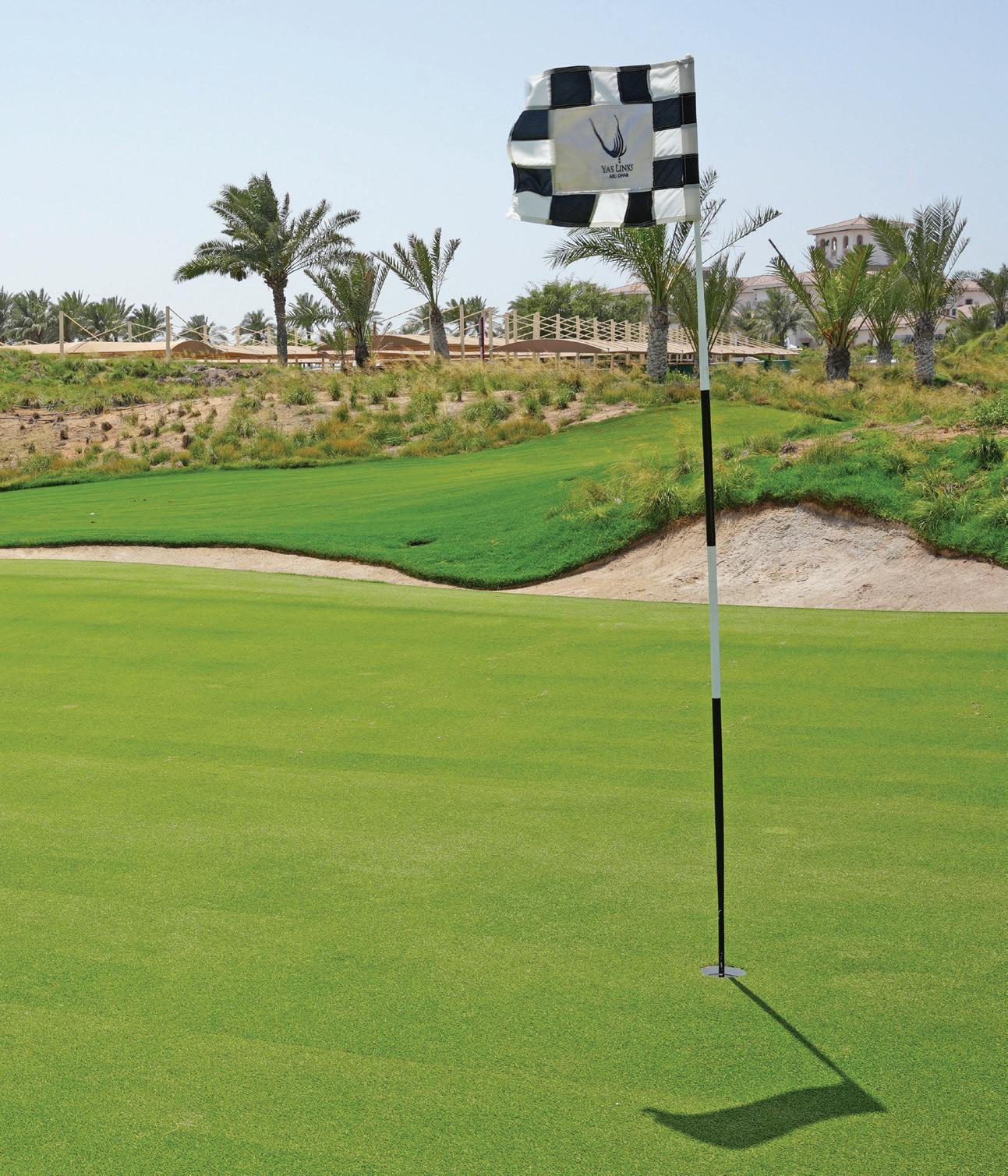
With coastal winds, firm surfaces, and subtle breaks typical of a links layout, precision on the greens at Yas Links Abu Dhabi is essential.
My routine is built around consistency, alignment, and eye positioning—fundamentals that help deliver a reliable putting stroke under pressure.
I always start by marking and lining up the ball with a visual aid—for me, it’s a line drawn with a green Sharpie. This helps ensure I’m aiming precisely where I want the ball to start, and it adds a small personal touch of familiarity to my routine.
From there, I check my posture, ball position, and grip pressure. I aim for a neutral grip and a set-up where my shoulders are square to the target line, helping me deliver the putter on a consistent path.
To confirm proper eye alignment, I drop a golf ball from the bridge of my nose. If it lands on the ball beneath me, I know my eyes are either directly over, or just inside, the ball—ideal for seeing the line clearly and encouraging a natural arc.
Practising these details regularly gives me confidence and consistency.
AMY CONDON, PGA PROFESSIONAL,
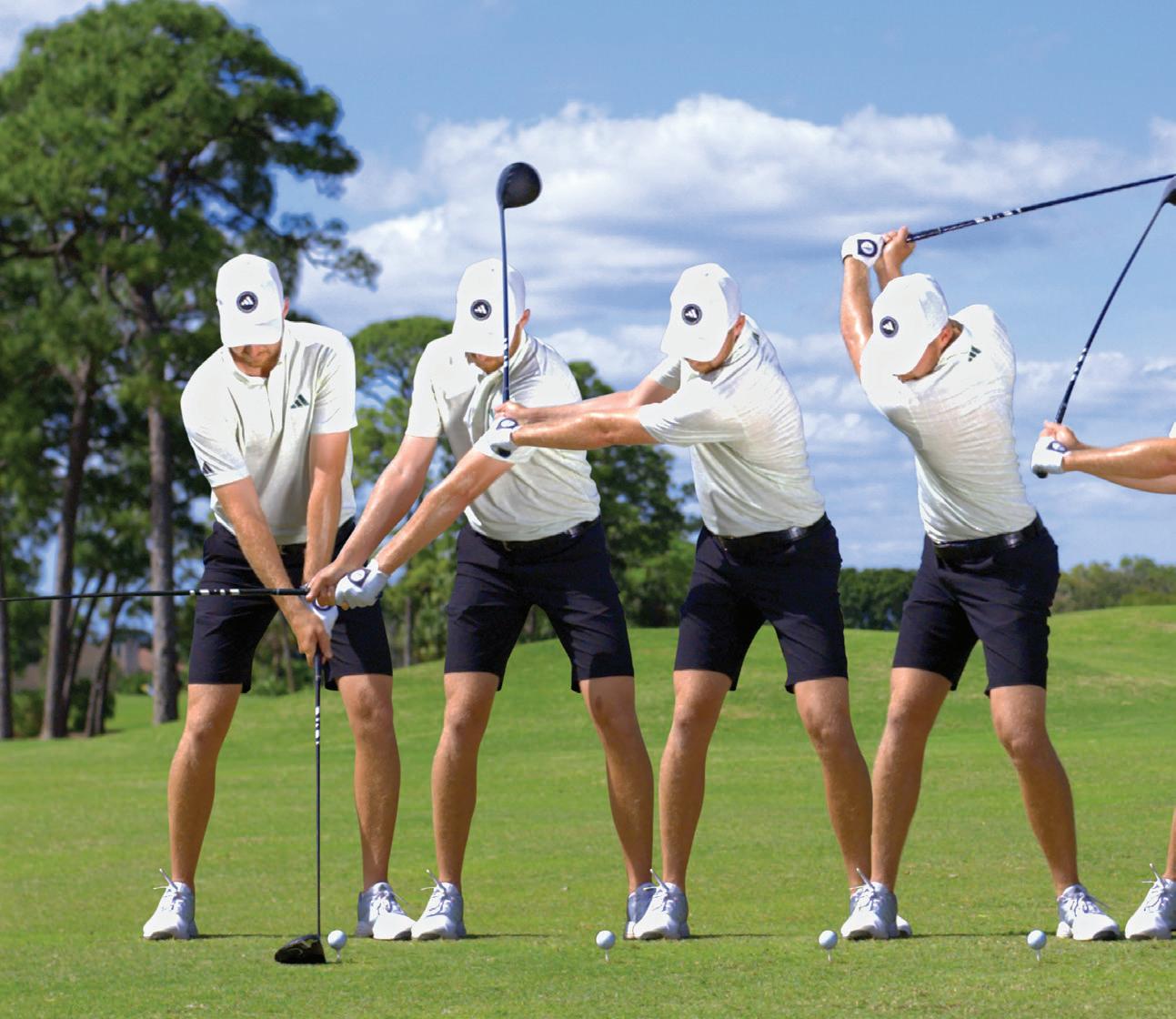
Daniel Berger is healthy and contending again thanks to big swing changes
BY DAVE ALLEN
WHEN DANIEL BERGER decided to shut things down following the 2022 U.S. Open, he and his team spent a lot of time looking at 3-D motion capture hoping to pinpoint what was leading to severe lower-back pain. It didn’t take long to find the answers.
“Some things are very obvious when it comes to causing back pain in golf and he had three of them,” says his swing coach, Golf Digest Teaching Professional Mark Blackburn. “The combination was murder on his back.” His problems started at address.
Instead of hinging from his pelvis, Berger would arch his lower back, which put undue stress on the facet joints in his lower lumbar spine. Then, because his shoulders turned too flat and he struggled to get his arms up on the backswing, “he would end up in a massive reverse spine angle to elevate the club,” Blackburn says.
The reverse pivot led to the third and perhaps most destructive movement —an excessive lateral hip slide toward the target on the downswing, causing a lot of backward bend and way too much stress on the lumbar vertebrae.
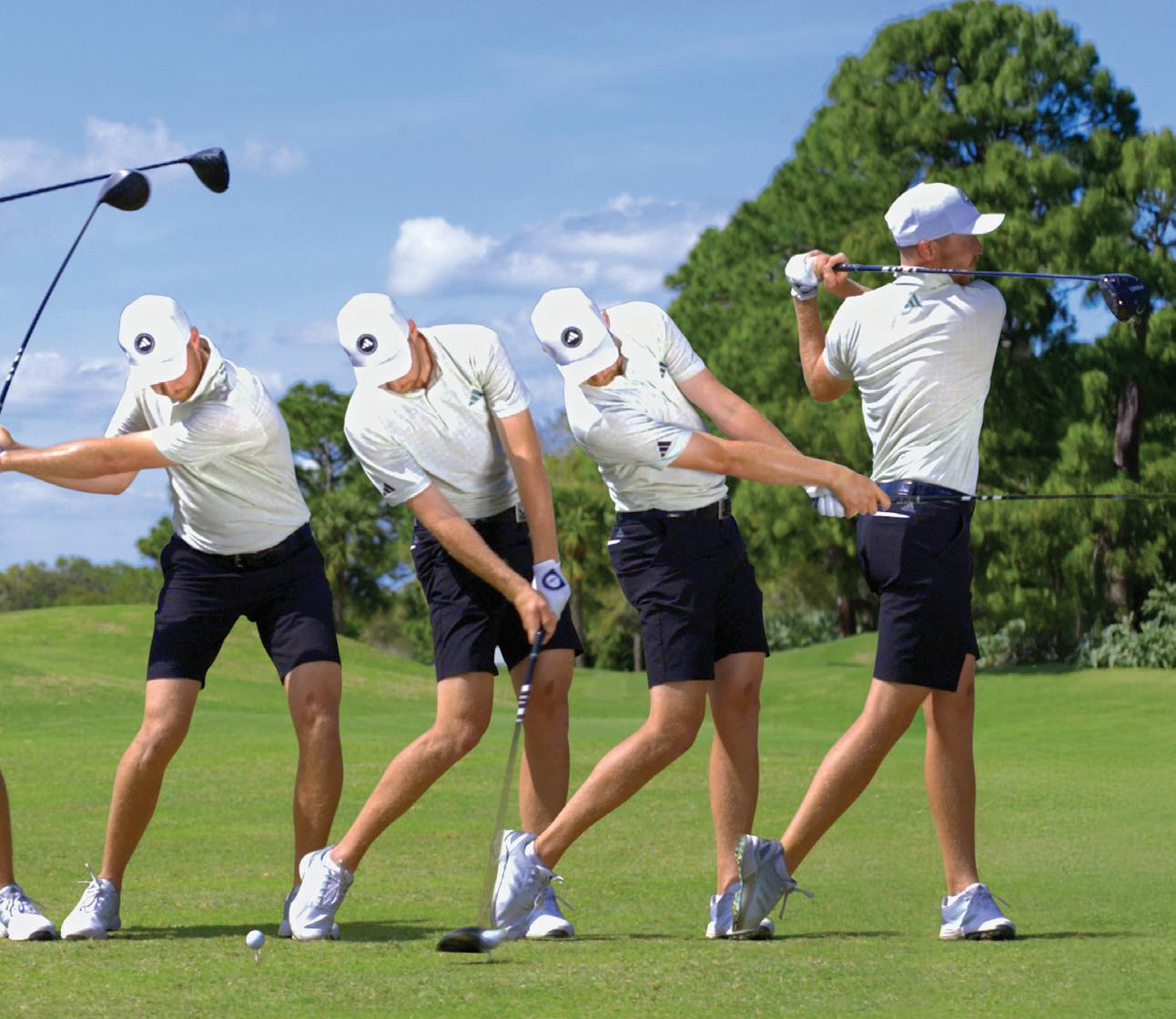
For seven months while recovering, Berger didn’t hit a single ball. Then, with the help of Blackburn and his trainer, Golf Digest Chief Fitness Advisor Ben Shear, the four-time PGA Tour winner began attacking each of these flaws incrementally, starting with his posture. He returned to the PGA Tour full time in January 2024.
“It’s a very long process when you’re used to swinging the club the same way for 20-plus years,” says Berger, whose runner-up finish at The RSM Classic in November was his best since winning the AT&T Pebble Beach Pro-
Am in February 2021.
“I had to rewire my brain from all that muscle memory I had built up since I was 11.”
IN THE SHORT GRASS
Berger is hitting more fairways now.
Step one was to neutralise the arch in his back at address. Then they significantly reduced the amount of torso extension and arm lift in his backswing by steepening his shoulder turn (above, fourth image). This helped bring the club up more, so he didn’t overswing and fall into a reverse pivot.
The final piece was to reduce the amount of lateral movement, which
they did by placing a knee-high obstacle outside his lead leg. That encouraged him to post up instead of sliding. Berger now rotates more aggressively around to the left (above, sixth and seventh images ) and that move frees him up to hit a piercing cut off the tee. It’s a big reason why Berger ranked fifth in driving accuracy (70.4 percent) and 14th in total driving on the PGA Tour in 2024.
“A healthy Daniel Berger was top 12 in the world,” Blackburn says. “These adjustments will keep him healthy and allow him to be that player again.”
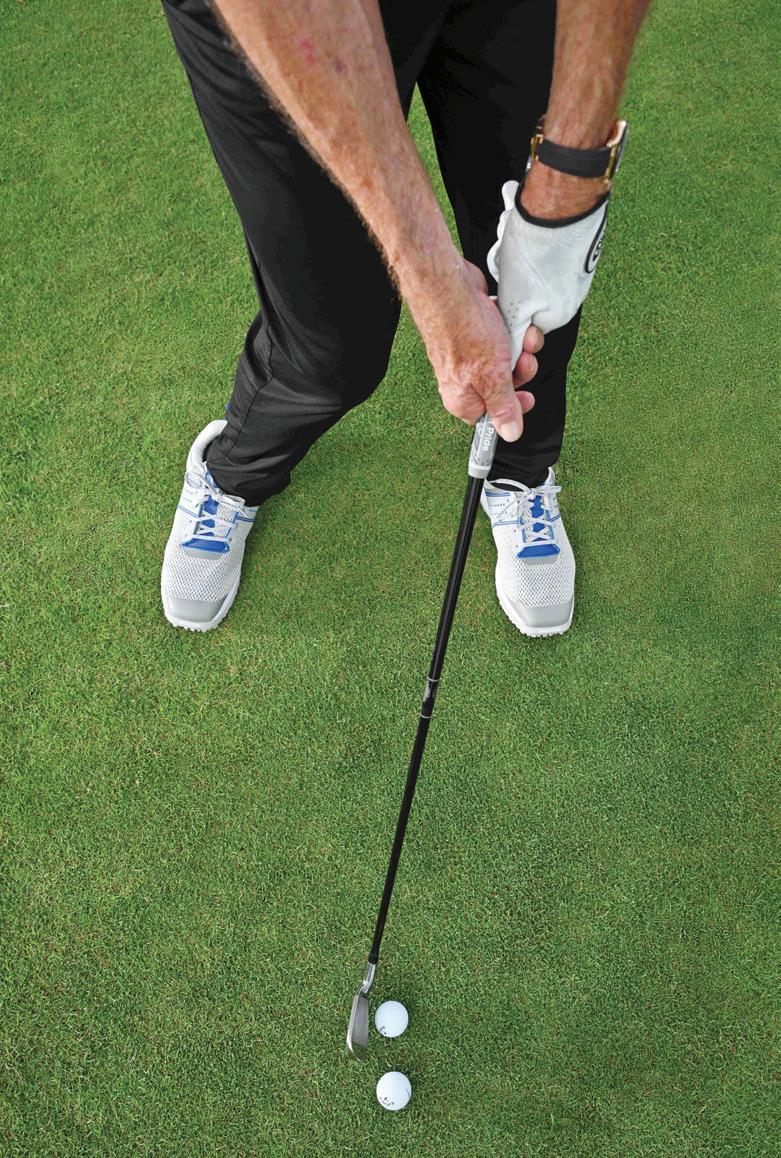
GET OFF YOUR TOES
A weight shift toward the ball causes most hosel-rockets.
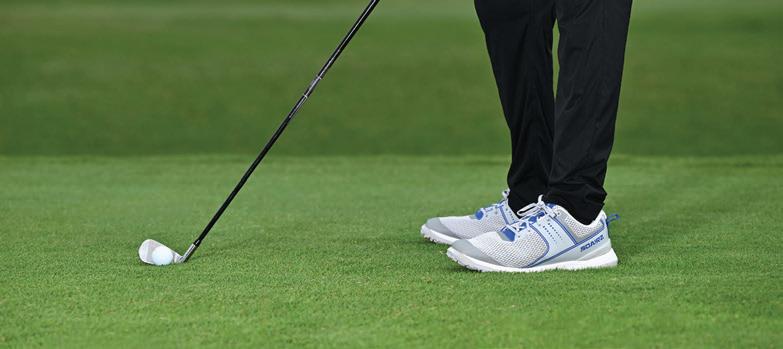
Here’s your self-help drill and on-course correction
BY DAVID LEADBETTER
ONE DAY YOU ARE warming up on the driving range or getting ready to hit an iron shot from the middle of the fairway and—bam!—you clank one off the hosel and the ball goes sideways. If you do it once, you might shake it off and go on like it never happened. But what do you do when it happens again and again and again?
The first step is admitting you have a problem—you’ve got the shanks.
A shank is the result of the hands and, in turn, the clubhead being further from the body than they were at address. It’s typically caused by your weight shifting too much into the toes as you swing down. It could also be caused by standing too close to the ball at address, but that weight shift is the typical cause and a real issue.
To fix the shanks, first take a few deep breaths. This is a fault with two easy remedies. On the range, place two balls down side-by-side and address the one closer to your feet (large photo, left). Your goal is to hit shots without hitting the outside ball. That should help keep you from drifting into your toes.
Obviously you can’t put two balls down on the course, so if you’re shanking mid-round, address your shots with your toes off the ground ( left ). This sets weight more in your heels and makes it impossible to shift toward the ball in the downswing.
The thing to remember is that the shanks are usually temporary, so you should be able to fix them quickly.
—with Ron KaspRisKe
DAVID LEADBETTER is one of Golf Digest’s Legends of Golf Instruction.
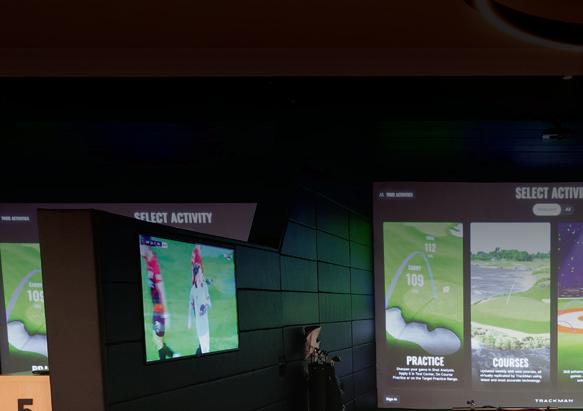

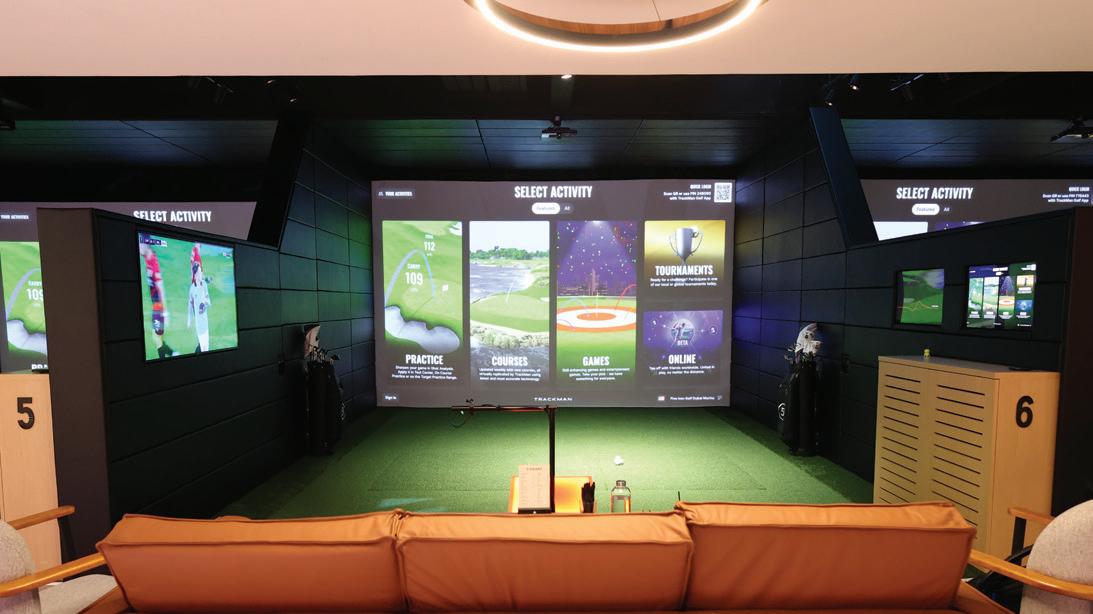

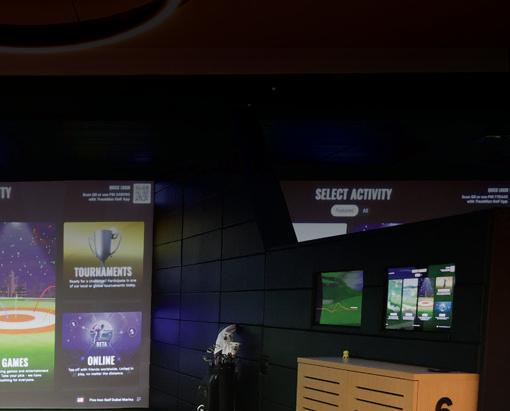

Our state-of-the-art simulators host up to six guests, feature tour-level Trackman tech, and are fitted with premium Callaway equipment. Practice on over 350 courses with hyper-realistic graphics, true-to-life ball flight, and real-time data.



For just 899 AED/month, Five Iron members unlock 90 minutes of daily Trackman sim time, 350+ courses, free breakfast, a Members only lounge, exclusive events, and gym, sauna, and locker room access. Family and Corporate memberships are available.
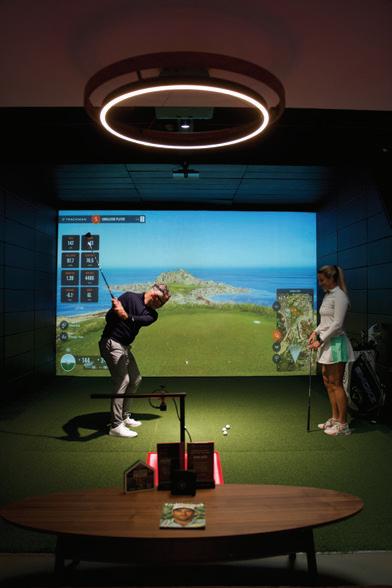


Open: Sun-Thu 7:00 AM - 12:00 AM | Sat 7:00 AM - 2:00 AM
Westin Dubai Mina Seyahi Beach Resort & Marina
Contact us: +971 568 279 008 | http://www.fiveirongolf.ae | @fiveirongolf.uae



Whether you’re new to golf or chasing single digits, our first-class coaching team utilises the best tech and world-class techniques to deliver personalised lessons tailored to helping you achieve your golfing goals.






Most wedges share common traits. The look is conventional. The grooves are made to produce spin, and the soles are designed to interact well with the turf. But there’s a reason this year’s leading wedges have more than 220 loft/bounce combinations: Every golfer’s swing is different. Perhaps you need to sift through a number of grinds to find the wedges that are best for you. Or maybe you don’t want to bother going through a fitting. In that case, there are options that reduce the choices. Put simply, these wedges are anything but common.
RRP AED 895
• Tighter-spaced grooves mean more groove edges on the ball for increased spin but with a lower, more controllable launch.
• The groove-in-groove design creates spin when opening the face.
• The Platinum model has an 18-gram tungsten weight in the topline to pull the centre of gravity up higher to create a lower launch.
• Top 5 in Performance, middle- and high-handicaps
• Opus: 17 options (4860 degrees), 4 sole grinds, 2 finishes. Opus Platinum: 8 options (54-60 degrees), 2 grinds, 2 finishes








RRP AED 745
• The larger, cavity-back design minimises the loss of ball speed on mis-hits. In other words, they are uber forgiving.
• The lightweight ZipCore material in the hosel area allows the removal of 14 grams that is relocated to achieve the optimal centre of gravity.
PERFORMANCE
INNOVATION
/ SOUND / FEEL
‘Gunmetal-finish option increases cool factor. Goes through dirt easily on full shots with better-than-average distance and spin. Carves the sand just like a pumpkin.’
—7-HANDICAP





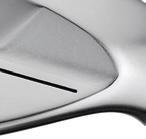


• The V-shape sole stretches from heel to toe for smoother turf interaction.
• Each wedge features a loft-dependent face finish that adds friction at impact.
• 9 options (44-60 degrees), 3 sole grinds, 1 finish


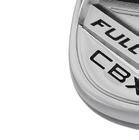
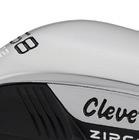
‘Larger face and wider sole make it feel more forgiving on full and partial shots. The sole never lets the club dig. You can be more aggressive.’
—13-HANDICAP
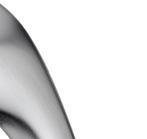
















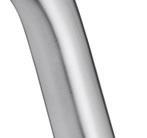






















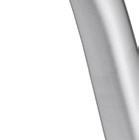






• Cleveland uses a proprietary steel alloy that features a tighter grain structure for a softer feel.
• In its raw state, the alloy has the benefit of not rusting over time as other steel alloys tend to do, preserving the look and performance of the grooves.
• The ZipCore material in the hosel saves weight, some of which is moved low and toward the toe, where golfers tend to hit.
• Top 5 in Performance, middle- and high-handicaps
• 20 options (46-64 degrees), 4 sole grinds, 3 finishes

• The new muscle-back shape has a taller heel section and more mass in the upper portion of the clubhead to bring ball flight down for greater control.
/ SOUND / FEEL
‘If you want to grab a club off the rack and expect it to work across all shots, this will do the job nicely. Shots fly really, really high with no loss of distance.’
—6-HANDICAP
• The head is no longer made from boron but rather a softer 1025 carbon steel to enhance feel.
• The sharper leading edge with more sole camber reduces turf resistance for those players who tend to take divots.
• Top 5 in Performance, high-handicaps
• 16 options (46-60 degrees), 6 sole grinds, 3 finishes
PERFORMANCE
/ SOUND / FEEL
‘This thing is like a Samurai sword—cuts through anything ahead of it. Clubhead is a bit smallish, but it packs a punch. It’s meticulous with how it attacks shots.‘
—+3-HANDICAP



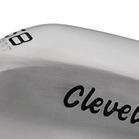
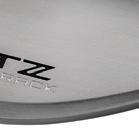


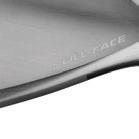
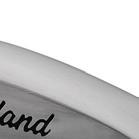



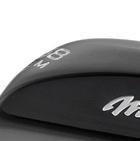














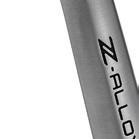
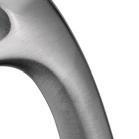

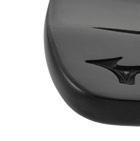




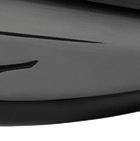
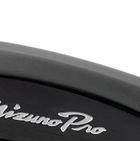



























RRP AED 975
• Ping’s most extensive and versatile wedge o ering features 25 loft/grind options based on feedback from the company’s tour-pro sta .
• The “Starblast” face blast adds surface roughness for additional friction.
• With options comes the potential for confusion. Ping has developed its WebFit wedge app to o er golfers an easy process to narrow their choices.
• Top 5 in Performance, low- and middlehandicaps
• 25 options (46-62 degrees), 6 sole grinds, 2 finishes








RRP AED 895
• The grooves are supported by laseretched diagonals on the flat area between each scoreline to increase spin on partial shots and prevent spin loss in wet conditions.
PERFORMANCE
/ SOUND / FEEL
‘Tons of groove coverage. I can’t imagine fitting any more grooves on the face of these wedges. The result is a ton of spin. You can rev up the RPMs and suck it way back.’
—1-HANDICAP




• By increasing the thickness of the flange in an area more in line with the centre of the face, TaylorMade improved the sound.
• Personalised lettering and logos are available through TaylorMade’s custom program.
• Top 5 in Performance, low- and highhandicaps
• 23 options (46-60 degrees), 7 grinds,

‘You can feel the surface texture, which creates a ton of spin. Very easy to open up and hit high-spinning bunker shots and flop shots.’
—7-HANDICAP











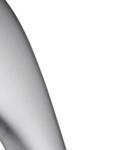


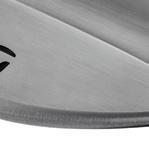

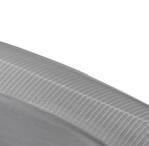
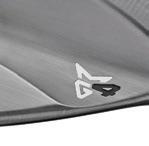



















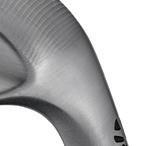

















RRP AED 995
• By using longer hosel lengths and thicker toplines in the higher lofts (54 degrees and up), Vokey was able to shift the centre of gravity up (for a lower trajectory) and slightly forward, which enables the clubface to square more easily.
• A “spin-milled” cutting process creates the entire scoreline instead of a partial scoreline.
• Micro-grooves cut between the grooves add spin on less-thanfull shots.
• Top 5 in Performance, all handicaps
• 27 options (46-62 degrees), 6 grinds, 3 finishes

‘This club is an absolute paintbrush in every way.There is no trajectory that it can’t handle across any short shot. It’s so easy to use and instills complete confidence.’
—10-HANDICAP
No matter whether your wedge is brand new or 20 years old, you’re still facing the same dilemma in a greenside bunker. You’ve got to trust that if you make a big swing through the sand with it and purposely miss the ball, the shot is going to come out high and soft and stop quickly on the green. Bunker play is all about commitment, and I’ve got a great way for you to practice it that will boost your confidence.
Demo this club and get a custom fit at eGolf Megastore















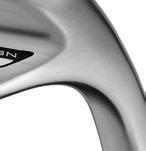





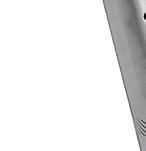




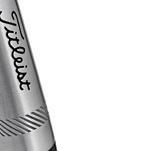
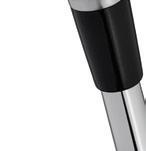


There’s something strange about making a big swing on a short shot with the intent of hitting behind the ball. Seeing the ball sitting there can prompt you to do all kinds of things that make these shots a lot harder. So why not practice without a ball until a good bunker swing becomes a matter of habit? I like to grab a scorecard pencil and put it in the sand to represent the ball (inset photo, below). Then I just make a full swing with the intent of taking enough sand behind the pencil to knock it out of the bunker. Without worrying about the ball, I think you’ll find it easier to commit to the proper technique of moving the sand around it. Once you get comfortable getting the pencil out, replace it with a ball and make the same swing. —Megan Padua Buzza, Golf Digest Best Young Teacher, Buzza Golf Coaching, Frisco, Texas





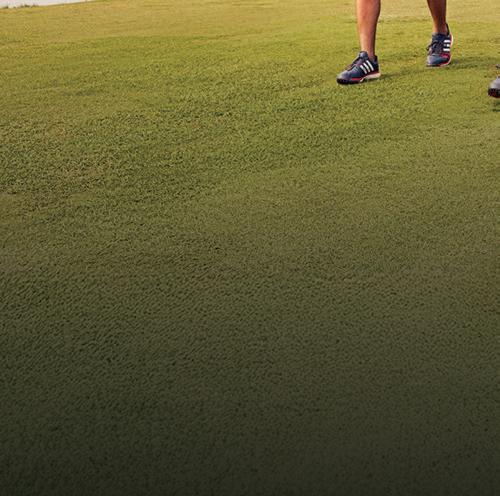









Putters can make everything better or, seemingly just as often, everything worse. It’s the one-putt par versus the three-putt for double. Mallets in particular can be misunderstood. Like the idea that they are only for bad putters. (You mean, like mallet users Scottie Scheffler and Nelly Korda, the No. 1 players in the world?) Rightly or wrongly, how we feel about our games is heavily impacted by how the ball is rolling on the greens. Now more than ever, today’s putters can make up for a lot. The (right) choice is yours.



RRP AED 2,395
• A ball-width cavity in the back flange with a contrasting alignment line increases target awareness.
• Slight toe hang works best for strokes that have some flowing arc.
• This updated iconic line repositions the centre of gravity to create a more balanced stroke with a larger, more centered sweet spot.
• Mini-honeycomb milling marks provide a responsive but firm feel, softer than Bettinardi’s traditional honeycomb pattern.
• Top 5 in Performance, high-handicaps
• Models: 1. Lengths: 3338 inches
RRP AED 4,195
• This line of half-moon mallets features the allaluminum Oz.1 and the Oz.1i, with a stainlesssteel face insert.
PERFORMANCE
‘The coppertone finish is unique, very pleasing. I like the curved shape of the head and the heavy weight to it.
The ball rolled true no matter where I hit on the face.’
—1-HANDICAP

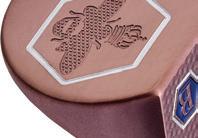


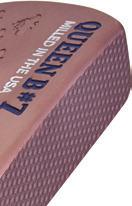


• Both models incorporate sole weighting and 2-degree shaft lean to align the shaft with the putter’s center of mass so that the face tends to stay square to the lie angle for consistent impacts.
• Each model also features a 0-degree shaft-lean option that allows it to work with conventional grips.
• Top 5 in Performance, low-handicaps
• Models: 2. Lengths: 2840 inches
‘Alignment features make it easy to aim so you don’t have to overthink. Soft strike and a steady roll. It helped me hit the center of the face a lot.’
—12-HANDICAP
















M. Craft X
RRP AED 1,795
• The interchangeable steel-face and aluminum-body designs aim to give players the feel of a blade with the stability and forgiveness of a mallet.
• The face is milled from forged 1025 steel, the same steel used in the company’s irons. The body is 7075 aluminum.
• Heavy heel and toe sole weights join the front piece to the back, adding mallet-level stability while keeping the centre of gravity forward, like in a blade.
• Top 5 in Performance, high-handicaps
• Models: 3. Lengths: 34, 35 inches
and


PERFORMANCE
‘I like that the head is not too angular, the edges are rounded. Not loud at impact, ball felt smushy. Nice, soft feedback in your hands.’
—7-HANDICAP
RRP AED 1,595
• Designers used AI to explore more than 2,000 options for the face insert’s varying peaks and thicknesses for greater consistency heel to toe.
• The urethane coating over the aluminum face insert matches that of Odyssey’s White Hot insert for soft feel.
• Comes in a longer, heavier Cruiser version.
• Heel and toe sole weights allow the head weight to better align with shaft length and a player’s stroke type.
• Top 5 in Performance, middle-handicaps
• Models: 9. Lengths: 33, 34, 35, 38 inches





/
‘I love the dark-blue finish, really makes the alignment lines pop. Easy to aim. A very comfortable sound off the face. Easy roll, smooth and soft.’
—13-HANDICAP
this club and get a custom fit at eGolf





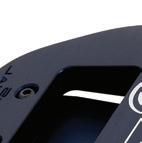
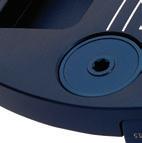





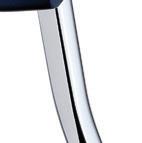
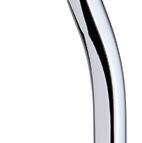
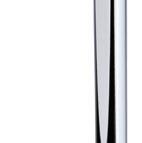



RRP AED 2,395
• A thin, variably thick titanium face insert creates microdeflections to improve inconsistency from ocentre impacts.
• Lineup includes takes on the popular Jailbird open-mallet shape.
• Designers used AI and machine learning to explore more than 2,000 design versions to develop the face insert’s asymmetrical thickness pattern and improve o -centre speed and roll for greater consistency.
• Top 5 in Performance, middle- and high-handicaps
• Models: 9. Lengths: 33, 34, 35, 38 inches
and


RRP AED 1,895
• Weighting and shaft position align the shaft with the head’s centre of gravity so that the face angle naturally remains square to the stroke path.
• The shaft angle’s built-in forward press promotes consistent contact with the centre of the face.
‘It was smooth and quiet off the face. The ball kept its line really well. There’s more heft there than you might think. But then, it was just pick a line and go.’
—7-HANDICAP
• The face insert is the same as the standard Ai-One models.
• Designers used AI and machine learning to explore more than 2,000 design versions to develop the face insert’s asymmetrical thickness pattern.
• Models: 2. Lengths: 3335 inches

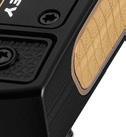




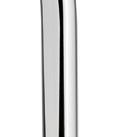
LOOK / SOUND / FEEL
‘The stability of the face was amazing. The tech was working for me on mis-hits for sure. Gave me confidence to focus on just making a stroke with no need to manipulate.’
—1-HANDICAP
this club and get a custom fit at eGolf
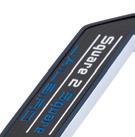

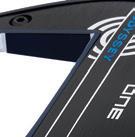










RRP AED 1,575
• Compared to singlepiece milled versions in the company’s line, these models feature a resilient face material to provide more forgiveness.
• The Pebax polymer material in the face stretches the width of the face to provide a consistent energy transfer and soft feel.
• An array of models to fit players with arcing strokes and those with a straighter move.
• The lineup also accommodates a range of alignment elements.
• Top 5 in Performance, high-handicaps
• Models: 4. Length: 35 inches
RRP AED 2,295
• The internal weighting and S-shaped hosel balance the head with the shaft to promote a consistent face angle during the stroke.
• That weighting and shaft angle line up the face to the stroke path to reduce hand activity.
‘Simple, elegant, effective. Remarkably easy to aim. The single alignment aid was so intuitive. It allowed me to just point and shoot. A stroke-saving club.’
—11-HANDICAP
Demo this club and get a custom fit at eGolf Megastore










• The centre of gravity is slightly toward the toe to further increase stability.
• The stainless-steel, hollow body features a weight-saving ultrathin face.
• Pyramid-shaped points milled into the face create a consistent energy transfer.
• Models: 1. Lengths: 3338 inches
‘So easy to line up at address. The square grip nicely quieted my hands. A subtle knock at impact and incredibly stable. No need to steer the clubhead.’
—13-HANDICAP
Demo this club and get a custom fit at eGolf Megastore





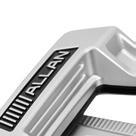






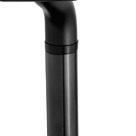
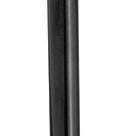
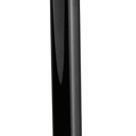


RRP AED 2,295
• These high-stability models feature extra perimeter weighting through a hollow body.
• A polymer fills the central interior, saving weight and providing a soft, responsive feel.
• The filling supports a face that’s the thickness of a dime to reduce weight, lessen vibration and improve stability.
• Four hosel/neck choices and an array of screw weights o er a range of options for each head to fit di erent stroke types and player preferences.
• Top 5 in Performance, high-handicaps
• Models: 5. Lengths: custom
RRP AED 1,895
• The square-ish designs use heel and toe weighting for maximum forgiveness as well as two neck styles and di erent centres of gravity to better accommodate arcing and straighter strokes.
• Thin-wall casting saves weight to be used for more stability.
PERFORMANCE
INNOVATION
/ SOUND /
‘Definitely some character with the all-black finish. Just looks cool. Nice, soft impact. My toe and heel hits got some help, still rolled at the same speed.’
—1-HANDICAP
Demo this club and get a custom fit at eGolf Megastore

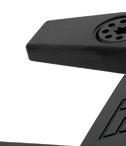






• A thermoplastic rubber positioned behind the face controls vibration for a crisp sound.
• The Surlyn face insert’s grooves angle downward to improve initial launch and roll.
• Top 5 in Performance, all handicaps
• Models: 5. Lengths: 33, 34, 35, 38 inches
‘Simple to start short putts on line and get the speed right on long ones— what more could you ask for? Butterysoft feel, and it gets rolling fast, no skids.’
—5-HANDICAP
Demo this club and get a custom fit at eGolf Megastore



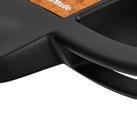
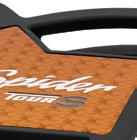


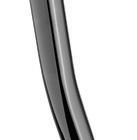


RRP AED 2,695
• Multiple styles o er high stability plus various neck/hosel orientations to fit the gamut of stroke types and player preferences.
• The lineup includes models in milled 303 stainless steel and milled 6061 aluminum with a weight-saving aluminum soleplate for increased stability.
• New markings and angles renew emphasis on alignment.
• Dual-milling on the face enhances consistency in sound and roll.
• Top 5 in Performance, low- and middle-handicaps
• Models: 9. Lengths: 3335 inches
‘So smooth. I like the smaller head. Long putts held the line well. Short putts were right in the back. The thinner grip helped my feel, too. Pure roll after pure roll.’
Demo this club and get a custom fit at eGolf Megastore













RRP AED 2,795
• The familiar Fastback mid-mallet will appeal to players looking to transition from blades to mallets.
• The carbon-steel insert fuses to the stainless-steel body with an aerospace-level vibration-damping adhesive.
• A chemical process protects the insert, enhances hardness and preserves feel.
• The insert’s chain-linkstyle milling pattern produces a softer feel and consistent speed.
• Top 5 in Performance, low- and middle-handicaps
• Models: 2. Lengths: 3335 inches
PERFORMANCE
LOOK / SOUND / FEEL
‘A mallet without being too bulky and mallet-y. Easy to get on my start line. Sweet spot seemed ample. A soft click and always a smooth roll. One of my favourites.’
—7-HANDICAP
Demo this club and get a custom fit at eGolf Megastore












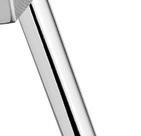
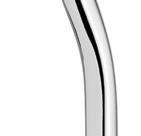
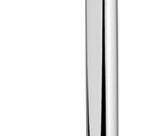



RRP AED 2,395
• The five blade models are milled from 303 stainless steel.
• These new editions reposition the centre of gravity for a balanced stroke, taking advantage of a larger sweet spot.
• They o er five necks to better match a player’s stroke pattern and preferred look.
• Mini-honeycomb milling marks provide a responsive but firm feel at impact, softer than Bettinardi’s regular honeycomb pattern.
• Top 5 in Performance, low-handicaps
• Models: 5. Lengths: 3338 inches
RRP AED 1,595
• Odyssey used AI to develop the back of the insert’s asymmetrical variable-thickness pattern to improve ocentre speed and roll.
• Designers pored over 2,000 possible versions of the insert’s thickness pattern.
PERFORMANCE
LOOK / SOUND / FEEL
‘Clean look at address. Low spinning and tight dispersion, even on mis-hits. Slightly louder off the face but not distracting.’
—11-HANDICAP
Demo this club and get a custom fit at eGolf Megastore











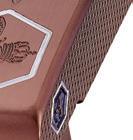






• A urethane coating over the aluminum insert matches the soft, responsive feel of the White Hot insert.
• Heel and toe sole weights allow the head weight to align with shaft length and a player’s stroke type.
• Top 5 in Performance, high-handicaps
• Models: 4. Lengths: 3335 inches
‘A silent assassin with the soft insert. Consistent, pure roll and very good distance control.’
—13-HANDICAP
Demo this club and get a custom fit at eGolf Megastore




RRP AED 2,395
• A thin titanium face insert creates microdeflections to improve o -centre impacts.
• Designers used AI to develop the asymmetrical variablethickness pattern on the back of the insert to improve o -centre speed and roll.
• Tour-player input drove the shapes, and prototypes created with 3-D printing sped up the design cycle.
• A heavier Cruiser model targets players looking to reduce unwanted hand action.
• Top 5 in Performance, middle-handicaps
• Models: 3. Lengths: 3335 inches
RRP AED 1,895
• Internal weighting keeps the shaft in line with the head’s centre of gravity so that the face angle remains square to the path.
• The shaft angle’s built-in forward press encourages consistent, centreface contact.
PERFORMANCE
LOOK / SOUND / FEEL
‘The milled face insert is amazing. Pillowy soft feel at impact, with a tiny, pleasing thump. No trouble finding the dead centre of the putterface.’ —5-HANDICAP
Demo this club and get a custom fit at eGolf Megastore

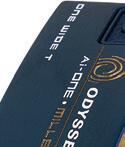
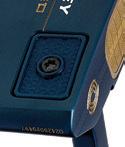



• Designers used AI to develop the insert’s variable-thickness pattern to improve ocentre speed and roll.
• The urethane coating over the aluminum insert matches the soft, responsive feel of the White Hot insert.
• Top 5 in Performance, middle-handicaps
• Models: 1. Lengths: 3335 inches
‘Weighted perfectly. Always felt in control of the putterhead; therefore, speed was easy to control.’
—11-HANDICAP
Demo this club and get a custom fit at eGolf Megastore






RRP AED 2,425
• Three new takes on historic Ping models, including the iconic Anser heel-toeweighted blade.
• The designs grew from Ping engineers working with the company’s tour sta .
• A shallow mill pattern creates a responsive impact with a soft feel.
• The plumber’s-neck Anser and heavier, wide-sole Anser 2D favour arcing strokes.
• The double-bend shaft on the Kushin is for straighter strokes.
• Top 5 in Performance, low- and high-handicaps
• Models: 3. Lengths: 34, 35 inches
RRP AED 1,575
• Compared to the milled versions in the company’s line, these models provide more forgiveness with a more resilient face material.
• The Pebax polymer material in the face stretches the width to provide a consistent energy transfer and soft feel.
‘Classic design with modern updates. Milling delivers a smooth, gentle nudge to the ball. Perfectly balanced.’
—14-HANDICAP
Demo this club and get a custom fit at eGolf Megastore













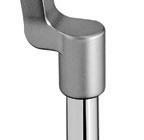

• An array of models accommodates strokes with a slight arc (Anser, Anser 2D, B63) and those with more arc (Anser 4).
• Top 5 in Performance, low- and high-handicaps
• Models: 4. Lengths: 34, 35 inches
‘The face is so, so soft, like a foam Tempur-Pedic mattress.’
—0-HANDICAP
Demo this club and get a custom fit at eGolf Megastore



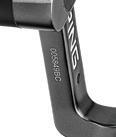



RRP AED 2,295
• These traditional models focus on custom-fitting with an assortment of hosel options, from heelshafted to armlock.
• An internal polymer filling reinforces the centre of the ultrathin faces to enhance rebound, feel and forgiveness.
• Pyramid shapes on the face modulate ball speed for consistency on mis-hits and a softer sound at impact.
• Heel and toe weights provide stability and dial in swingweight.
• Top 5 in Performance, high-handicaps
• Models: 4. Lengths: 3338 inches
‘Almost mallet-like
in its performance. Roll felt soft and delicate, with a firmness that gave me some decent feedback.’
—15-HANDICAP





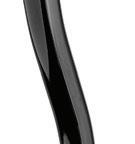
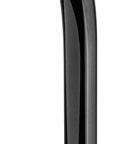



RRP AED 2,795
• These familiar head and hosel styles were upgraded with a carbon-steel insert for softer feel surrounded by a milled 303 stainless-steel body.
• The insert is fused to the body with an aerospace-level, vibration-damping adhesive.
• A chemical process protects the steel, enhances hardness and preserves feel.
• A chain-link milling pattern enhances feel and produces consistent speed.
• Top 5 in Performance, all handicaps
• Models: 8. Lengths: 3335 inches
‘Almost weightless when it goes through the ball. Anywhere on the insert, the feel is the same. It’s luxury.’
—7-HANDICAP
this club and get a custom fit at eGolf





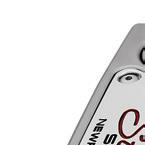







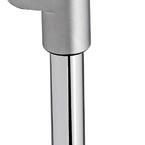
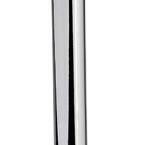

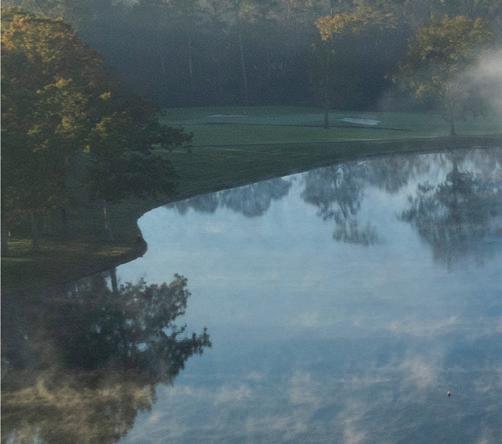

EDITED BY DEREK DUNCAN



Players gorge on birdies before facing Quail Hollow’s Green Mile

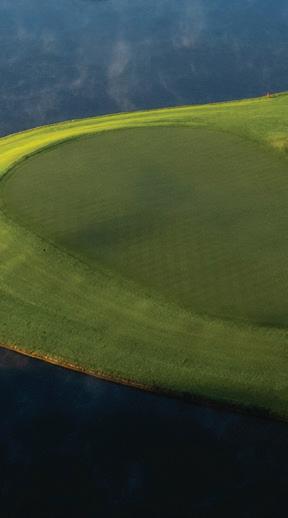
THE FINAL THREE HOLES at Quail Hollow Club, site of this month’s PGA Championship in Charlotte, are notoriously known as the “Green Mile,” a reference to the colour of the floor that death row inmates walk on the way to the electric chair in the Stephen King novel and movie of the same name. Many PGA Tour professionals sympathise with




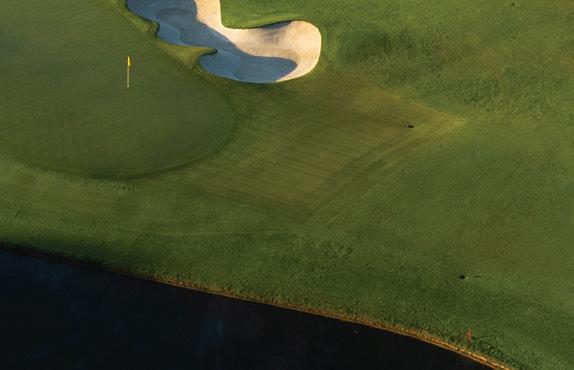
THE MARCH Quail Hollow’s infamous Green Mile begins at the 16th, but the previous three holes offer a chance to score.

the analogy when trying to complete their rounds during the annual Wells Fargo Championship at Quail Hollow: their fate can often feel inevitable as strokes melt away on the unforgiving par-4/par-3/par-4 trilogy that can measure a combined 1,270 yards with water hazards nestling against each green.
The feeling only intensifies under the pressure of a major, as it did in 2017, the


first time Quail Hollow hosted the PGA Championship (the club was also the site of the 2022 Presidents Cup). It was the most difficult course the Tour played that year beating Augusta National, Erin Hills and Royal Birkdale, the other major championship venues, and the players collectively leaked an average of more than a stroke a day over the distance of the Green Mile. That scenario is likely to
play out again on the 7,558-yard, par- 71 design that’s been remodeled several times by Tom Fazio since 1996, including an extensive alteration in 2016 that included three new holes and most recently in 2023 when the greens, bunkers and tees were rebuilt.
Knowing that the most difficult and defining stretch of golf comes at the end makes it imperative the players grab as many strokes as they can on
the holes that come before it. That’s very possible when the conditions are right—if 16 through 18 are the Green Mile, holes 13 through 15 are the prisoner’s last meal, a chance to fatten up before the gallows. Played well, competitors can pick up two or even three shots on this middle section of the second nine that includes two enticing half-par holes.
The drivable par-4 14th will yield threes and even some twos.
The run begins with the par-3 13th and a relatively straightforward iron shot. The hole plays anywhere between 170 and 220 yards over a creek to


If 16 through 18 are the Green Mile, holes 13 through 15 are the prisoner’s last meal, a chance to fatten up before the gallows.



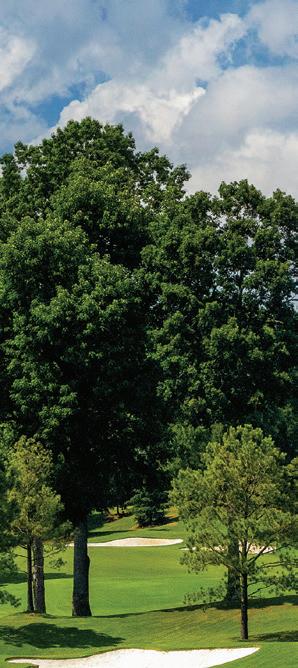
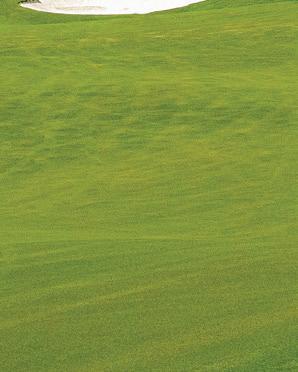
a green set against an opposing slope. The putting surface is relatively large, and the only real concern is the severe false front that will shuttle any shot that comes up short ten to 15 yards back down the fairway. Deep bunkers on either side also demand caution, though the sand save percentage during the last five Wells Fargo Championships is 60 percent, close to the tour’s year-to-year average. No matter where the hole is cut, the middle of the green is a good target for a low-stress par or chance to roll in a putt for two. The thirteenth played to









a respectable scoring average of 3.19 during the 2017 PGA Championship, but since then the average score is 3.08.

A large, gentle green awaits midand long-irons at the par-3 13th.
The fun begins with the par-4 14th, one of the PGA Tour’s best short par 4s tilting slightly downhill with water running the length of the fairway on the left and continuing along the edge of the green. When original architect George Cobb built the course in 1960, he constructed the large reservoir and routed holes 14 through 17 around it. The greens at 14, 16 and 17, however, were located on higher ground, away from the water. When Fazio’s team remodeled the course in 1996, they pushed the 14th and 17th greens tight against the lake, making it much more of a threat (they did the same to the 16th green in 2013). Shifting the green changed the calculus of the 14th.
The listed scorecard yardage of 344 yards is merely a suggestion—the Tour typically varies the distance between 300 and 350 yards, and in the 2017 PGA Championship the tees were moved all the way up to 289 yards for the second round. The measure of a good drivable par 4 is if it strikes a balance between temptation and caution, which the 14th does. Each player stands on the tee with the same expectation, to make a three with an outside chance for a two.
The question is, what’s the best tactic? Most players in the field can get home with driver or 3-metal, but going for the green isn’t the answer for
everyone. For some, the threat of the lake is too extreme, so they’ll consistently club down to an iron off the tee for safe positioning. Others will lean into statistics and try to hit it on or near the green each day (erring right) and trust they can get up and down if they miss.
Hole location can also influence the decision—when flags are set on the front of the 52-yard-deep green, players can be more aggressive because the recovery options from short and the two greenside bunkers are more routine. Hole locations at the back leave less room to miss and typically play a quarter to a half-stroke more difficult, so more players will opt to lay up and approach with a wedge to control the spin to these tight pins. The 14th has averaged 3.75 strokes in the last five Wells Fargos, so this is a critical, gettable hole where par feels like a bogey.
During Rory McIlroy’s 2024 five-stroke victory, he played these three holes four-under par on Sunday.
ing uphill toward a green set in a grassy amphitheater. If players can fit their drives somewhere between a cluster of oaks on the left and two fairway bunkers on the right, they’re in the “go” zone. That leaves them with a semiblind approach that requires a carry of between 220 and 270 yards to cover the bunker fronting a green that has several accessible hole locations.
the green in two, and over the last five tournaments 131 second shots have found the putting surface yielding 35 eagles to just 135 bogeys. The result is that the 15th has played to a stroke average of 4.59 (as it did during the 2017 PGA), making it the easiest on the course and usually one of the most favourable scoring par 5s on the PGA Tour.
This penultimate stretch of holes before the difficult finish will have a critical impact on how players fare during the PGA, as it does during the regular tour event.
EAGLE TERRITORY
The 15th is one of the most gettable par 5s the professionals play.
The run continues at the par-5 15th, an even greater scoring opportunity. The fairway continues along the reservoir that’s not really in play for the professionals, then proceeds past the water before climb-


The bunker arrangement around the green was altered in 2018 with the addition of two new hazards set into the slope ten yards to the right of the green, but these don’t generally bother the professionals. Players know they must make a four here, and those odds increase in proportion to how close they get to the green with their second shots.
During the Wells Fargo, three-quarters of the field typically attempt to hit


During Rory McIlroy’s 2024 fivestroke victory, he played these three holes four-under par on Sunday and six under overall, compared to two over par through the Green Mile. In 2023, winner Wyndham Clark took seven strokes off his score on 13, 14 and 15 before playing the final three holes even par overall.
McIlroy also won in 2021, and needed all of the five birdies he picked up over the “last meal” holes to offset playing 16 through 18 in one over par in beating Abraham Ancer by a stroke.
Every player knows what’s coming when they head into the Green Mile, but when they stand on the 13th tee, the only colour they’re seeing is red.
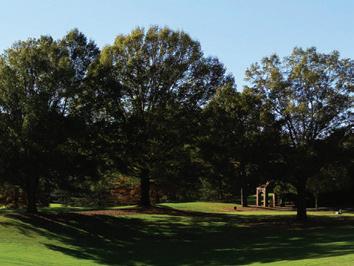
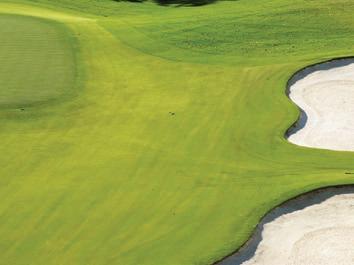


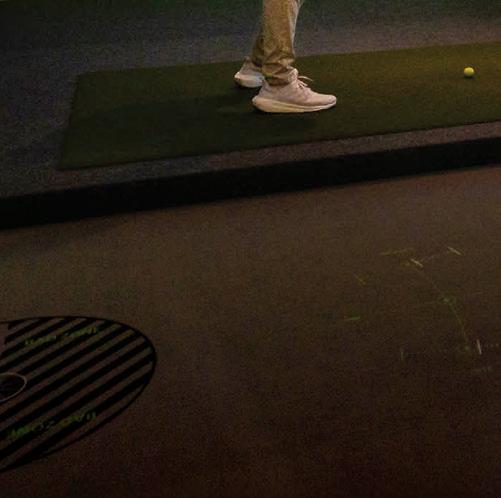
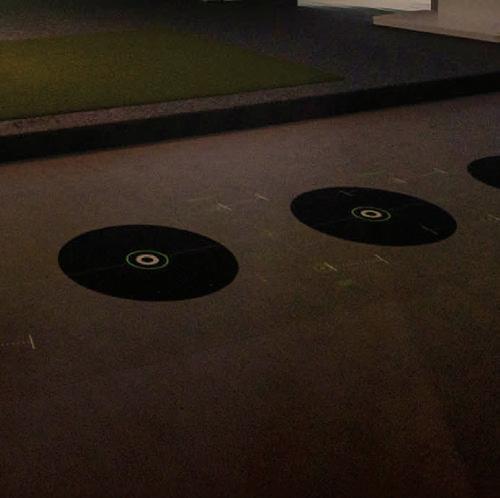



BY HARRY GRIMSHAW

The Aramco Korea Championship is back—and it’s bigger, bolder, and boasting one of the strongest fields of the season.
From 9–11 May, the Ladies European Tour (LET) heads to the New Korea Country Club, as the ultra-exclusive venue opens its gates once more for one of the most anticipated stops on the calendar.
Previously part of the Aramco Team Series presented by PIF, this year’s event returns with a new identity, a reimagined format, and a recordbreaking $2 million prize fund—double that of past editions.
Major winner Danielle Kang, who steered her team to victory in 2024, headlines a stellar lineup that includes former World No.1 and two-time Major champion from South Korea, Sung Hyun
event
Aramco Korea Championship prize fund
$2 million course
New Korea Country Club, South Korea
Park. They are joined by 2023 LET Order of Merit winner from Thailand, Trichat Cheenglab, and recent LET winners Bronte Law and Shannon Tan, including a host of others from the LPGA and LET.
In a major format shake-up, the event moves to an all-professional team structure. Gone are the amateurs—instead, all 26 teams will feature four professionals, focusing further on elite-level play.
With the action unfolding across three days, with the team event running over the first two rounds and a $500,000 purse up for grabs. The individual competition concludes in round three, where players will battle it out for a bolstered $1.5 million prize fund.
With a top-class field, revamped format, and serious money on the line, the Aramco Korea Championship promises to deliver drama, precision, and world-class golf.
“It’s about evolution, not rebellion”
Born in the Middle East, AGUILA GOLF is redefining modern golf wear with a bold blend of performance and style. In this exclusive QUICK 9 with AGUILA GOLF’s CEO Jackie Clio, she shares the brands regional roots, global vision, and how it’s championing in new era of golf.
●
●
●
Jackie, what inspired your leap into golf fashion? AGUILA GOLF came from a deep passion for the sport and a clear vision to elevate what golf apparel could be. We saw an opportunity to create a brand that speaks to the modern golfer. From day one, we’ve been committed to pushing boundaries while staying true to the elegance and discipline of the game.
●
●
●
What do you believe has been the key to such rapid traction for AGUILA? Control, clarity, and commitment. One of our greatest strengths is that we operate with complete vertical integration—our own factory, an in-house design and development team, and a dedicated workforce of over 1,000 employees. It allows us to innovate without compromise, and to deliver products that perform just as well as they look.
●
●
●
How does AGUILA maintain its high standards of quality while innovating so quickly? By owning every step of the process. From fabric development to final production, we keep everything under one roof. Our factory is a creative and technical hub where design, craftsmanship, and innovation meet. This ensures every collection upholds the level of excellence we’re known for.
● ● ●
Golf has traditionally leaned toward conservative fashion—how do you balance respecting that but pushing forward? It’s about evolution, not rebellion. AGUILA GOLF honours the sport’s legacy through tailored silhouettes, clean lines, and timeless palettes—but we bring a modern edge through performance fabrics, bold textures, and unexpected design details. We believe in respecting the game while also reflecting the energy of today’s players.
●
●
●
You have had a strong visibility in the region. How important is that kind of alignment to your brand story? We’re proud to have had the opportunity to work closely with many key players in the regional golf ecosystem. While our formal collaborations may evolve over time, we remain deeply connected to the game’s growth across the Middle East. Our focus is on contributing meaningfully to the sport—through product, presence, and continued support of the golf community.

●
Your latest collections are pushing bold boundaries. What has been the reaction? The vision was to create a collection that empowers golfers to express their identity. These pieces are designed for performance, but they also carry a strong visual impact. The reaction has been overwhelming—in the best way. We’ve seen our gear on professional tours, in luxury clubhouses, and worn casually off the course, that speaks volumes.
● ● ●
You’ve mentioned AGUILA is about more than just apparel—it’s about identity. How would you define the modern golfer? The modern golfer is confident, connected, and styleaware, golf is an extension of their lifestyle—not something separate from it. Our designs reflect that mindset: technically advanced, visually distinctive, and versatile. We’re not just designing for adults. We’re extremely proud of our full junior range and our commitment to junior golf development. We believe the future of golf starts with the next generation, and we’re investing heavily in creating apparel that helps young players feel confident and comfortable when playing.
● ● ●
As you expand outide of the UAE, how are you adapting for different golf markets and cultures? We lead with our core values—quality, performance, and bold identity—but we adapt with intention. From climate-specific collections to regional style preferences, we’re evolving thoughtfully as we grow.
● ● ●
Finally, what legacy do you hope to leave in the world of golf fashion? The dream is for AGUILA GOLF to become a global leader in golf fashion—one that represents not just high performance and design innovation, but also a strong sense of identity and purpose. We want to inspire a new era of golf that’s inclusive, expressive, and forward-thinking. We hope to elevate the standard of what golfwear can be and to have helped shape a sport that’s as dynamic and diverse as the people who play it.
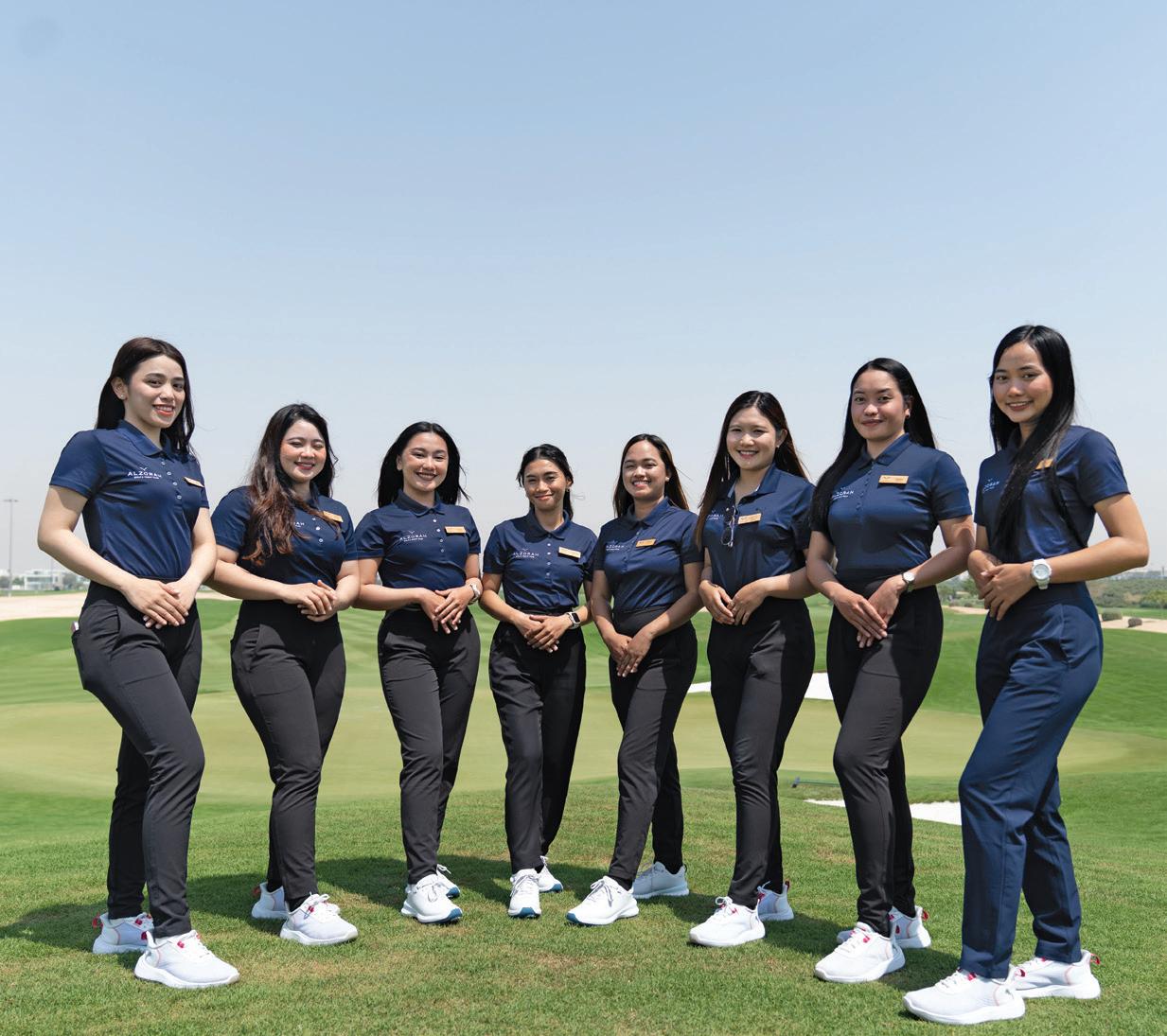
“IT’S NOT ABOUT MAKING A STATEMENT—IT’S ABOUT DELIVERING EXCELLENCE”
AT AL ZORAH GOLF & YACHT CLUB, it’s clear to see that innovation is at the heart of everything they do. From the course layout to the player experience, the Jack Nicklaus designed track is always looking for ways to redefine what it means to be part of a modern golf community.
Based in Ajman, one of the club’s most exciting new initiatives is the introduction of a female caddie programme—an initiative that’s already making waves and bringing a fresh dynamic to the course.
Golf Digest Middle East sat down with Austin Cahill, Head of Golf, to discuss this groundbreaking new programme and the vision behind it.
AUSTIN, THIS IS A REALLY INTRESTING NEW CADDIE PROGRAMME AT AL ZORAH GOLF AND YACHT CLUB, CAN YOU EXPLAIN WHAT IT’S ALL ABOUT?
The female caddie initiative here at Al Zorah Golf & Yacht Club is really all about enhancing our on-course service and introducing a fresh, meaningful dynamic to the game of golf.
It’s not about making a statement—it’s about delivering excellence, diversifying the player journey, and opening the door for more people to enjoy golf in a supportive and innovative environment.
It’s a move that also aligns with our broader vision to strengthen the club’s community feel, grow our membership, and elevate service standards as we have recently unveiled our new clubhouse, refreshed branding, and Al Zorah City’s evolution as a premier lifestyle destination.
WHAT IS THE BACKGROUND OF THE FEMALE PARTICIPANTS?
All of the women come from the Philippines with strong golf experi-
‘We want them to thrive—not just as caddies, but as confident, independent professionals with career paths in the golf industry.’
ence, having worked as caddies at top-tier clubs. They bring a deep understanding of the game, professionalism, and natural player support. Their transition to Al Zorah has been seamless, and they’ve already made a positive impression on members and guests alike.
DO THEY HAVE A FULL-ON TRAINING SCHEDULE?
The training is immersive, blending daily on-course sessions with classroom learning. It focuses on course knowledge, etiquette, guest experience, and the service culture that defines Al Zorah.
The programme is led by PGA Professional Charlie Dell, supported by myself and Golf Course Supervisor Paul Botes. It reflects the elevated standards set across all departments with the opening of our new facilities.
HOW LONG HAS THE PROGRAMME BEEN IN OPERATION FOR?
The initiative has been six months in the making. It began with a recruitment trip to Manila in November 2024, led by our General Manager, Philip Henderson, after he was inspired by discussions at the PGA Conference in Bangkok.



From there, we developed a cross-functional training programme tailored to Al Zorah—drawing on our club culture and the global experience of Troon Golf, one of the largest caddie operators in the world.
WHAT ARE SOME OF THE SPECIFIC SKILLS THE LADIES LEARN, IN CONJUNCTION WITH AL ZORAH BEING SUCH A UNIQUE PLACE?
While they arrived with strong foundations, we focused obviously on Al Zorah-specific knowledge—learning the layout, reading our greens, understanding the local climate, and embodying our hospitality style.
They also engaged with our sustainability initiatives, including the mangrove reserve and bee apiary, and learnt about Al Zorah City’s broader offering—positioning them as ambassadors for our full member and guest experience.
WHAT IS THE ULTIMATE GOAL FOR THE LADIES?
We want them to thrive—not just as caddies, but as confident, independent professionals with career paths in the golf industry. Whether they move into roles as Player Assistants, guest service attendants, or beyond, our focus is long-term development.
At the same time, this supports our goal to enrich the overall member and guest experience— setting Al Zorah apart as a modern, welcoming, and forward-thinking club.
Their enthusiasm and professionalism have shone through, and they’ve already formed great relationships with members. They’re confident, capable, and contributing to the positive energy on the course—helping define what’s next for Al Zorah Golf & Yacht Club.
AND THE FEEDBACK FROM MEMBERS AND GUESTS SO FAR?
The response from players has been overwhelmingly positive.
Whether it’s newcomers appreciating the guidance or seasoned members enjoying the enhanced interaction, our female caddies have elevated the experience. Many have commented on the professionalism, attention to detail, and fresh energy they bring to every round.
IN WHAT WAY DOES THIS PROGRAMME POSITION AL ZORAH WITHIN THE WIDER GOLF COMMUNITY?
It reinforces our role as a leader in redefining the modern golf experience. By combining high-level service with inclusive, forward-thinking initiatives, we’re setting a new standard—not just for Al Zorah, but for the region.
This is about shaping the future of golf through innovation, diversity, and heart.




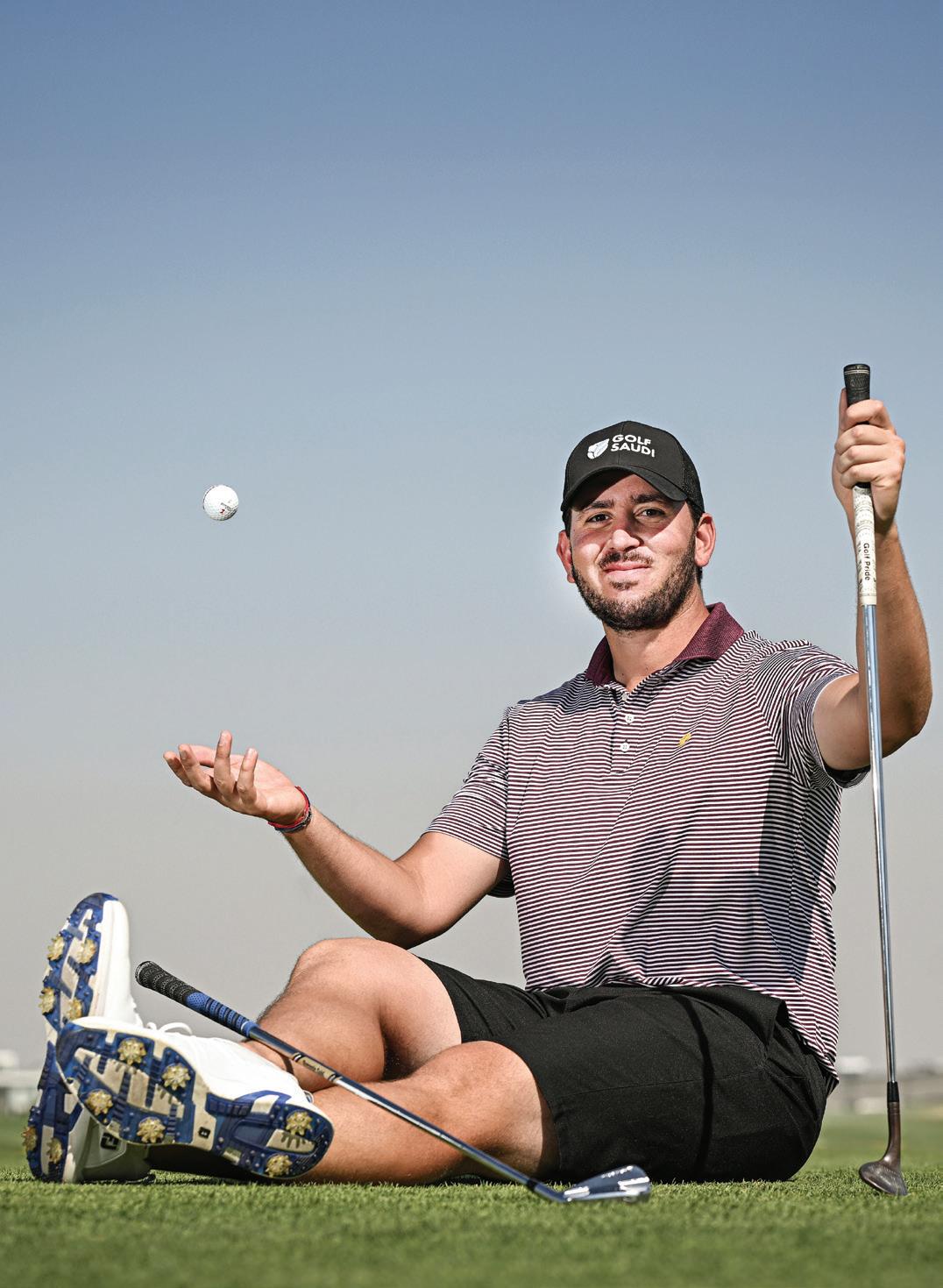
Saudi’s newest pro reflects on his humble beginnings, the rise of Arab golf, and what it means to represent the Kingdom on tour.
By Harry Grimshaw
WHEN KHALED ATTIEH talks about his journey into professional golf, you can sense the gratitude — and a little bit of disbelief. The Saudi Arabian golfer, who turned pro just over six months ago, is still adjusting to the idea that the dream he’s chased since childhood is now a fulltime career.
“It’s been a long time coming,” said the 30-year-old. “But honestly, I think the timing was right. It feels good to finally take that step. I’ve had a few solid finishes, played in some great events… and now I just want to keep that momentum going and keep working on my game.”
Attieh’s story isn’t your typical golf fairytale. He didn’t grow up with manicured fairways or private coaches. Instead, his introduction to the game came on a sand course in Jeddah, where he learned to play with a mat in his bag and a rake for the ‘browns’.
“It was called Jeddah Golf Club, near the airport. Just sand everywhere,” he laughs. “I’d hit shots off a mat, and the ball would run like 380 yards on the hard surface. Then you’d rake the green before you putt. It was wild — but it’s where it all started.”
His father was the one who brought him into the game, thanks to a South African friend who introduced them both to golf in Jeddah. At first, young Khaled was just tagging along for the buggy rides. But slowly, he started swinging a club — and getting the bug!
His game took a big leap when he moved to neighbouring Dubai for high school. With access to grass courses and better facilities, Attieh’s potential started to show. Later, he headed to the US to attend the University of Southern California, playing college golf and competing with some of the top amateur golfers in the world.
“College golf was huge for my development,” he says. “You’re out there playing against the best, week in, week out. That experience really set me up for the professional side.”
With a glittering amateur career, Attieh’s ascent in the golfing world has been driven by significant milestones. In March 2024, he clinched the Senior Individual title at the GCC Golf Championship in Doha, denying the host nation’s Saleh Al Kaabi a hat-trick of victories.
Plus, earlier last year, he made history by becoming the first Saudi amateur to make the cut in a professional tournament during the Asian Tour’s International Series Oman. So, when the time finally came to turn pro, was it intimidating?
“There’s always pressure,” he admitted. “Whether you were a top amateur or you’re just starting out, that pressure’s real. But the way I see it, you just keep your head down, stay committed, and learn from every event. There’s no shortcut.”
Now competing on global tours across the Asian Tour, DP World Tour and HotelPlanner Tour, Attieh is starting to feel more at home among his fellow pros — many of whom he competed against during those memorable amateur days.
“It’s cool seeing familiar faces out there. You realise, okay, we’ve all been on this journey together in some way. Now we’re just doing it for a living.”
But none of these opportunities, he says, would be possible without the support of Golf Saudi.
“They’ve been incredible,” he says. “Their support means the world. It’s not just about funding — it’s the belief, the opportunities, the infrastructure they’re building.
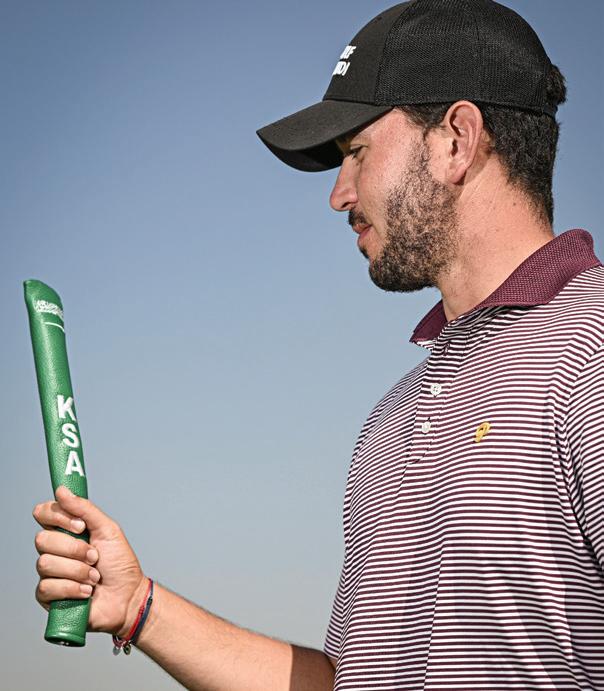
Whether you were a top amateur or just starting out, that pressure’s real.
And it’s not just in Saudi. Through LIV Golf, the LET’s Aramco Team Series, and other events, they’re making a real global impact. Without the support of Golf Saudi and my family, I wouldn’t be where I am today.”
Golf in the Arab world, particularly in Saudi Arabia, is on the rise — and Attieh is proud to be part of it.
“It’s grown so much in just the last few years,” he says. “We’re seeing more young players, better facilities, more events. I think they’ve looked at what’s worked in places like Dubai and said, ‘Let’s do that — and more.’ And it’s working.”
Right now, there are five Saudi professionals competing internationally — Othman Almulla, Saud Al-Sharif, Faisal Salhab, Shergo Kurdi and Khaled — and they’ve built a real brotherhood.
“We’re all good friends,” says Attieh. “We travel together, compete, push each other. It’s a great environment. Everyone wants to improve and represent Saudi in the best way.
“I’d love to be a mentor — if not now, then in the future,” he says. “I’m still early in my pro journey, but if I can help inspire or guide the next wave of Arab golfers, that’d be a real honour.”
Just one of a host of Arab golfers proudly carrying the Arab flag around the globe, Attieh is always aware of what it means to represent something bigger than himself.
“A few years ago, you didn’t see many Arab professionals out there,” he says. “Now, it’s starting to change — but it’s still rare.
“So, to be one of the few, and to share our culture and our story with the world… it’s something I don’t take lightly.”
For Khaled, the dream is no longer distant — it’s happening, one tournament at a time.
IRON PLAY IS A STRENGTH OF MY GAME. LET’S MAKE IT ONE OF YOURS, TOO
BY JOAQUÍN NIEMANN




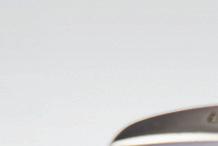
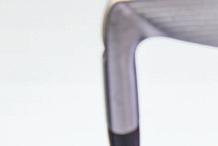












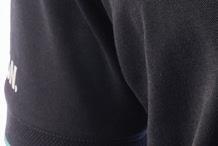
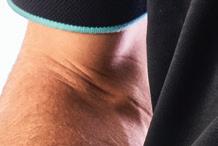
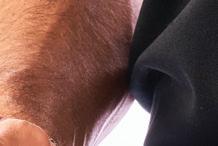

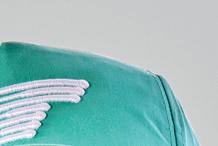



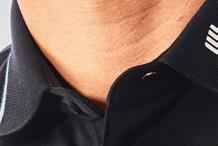











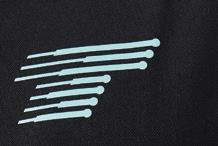












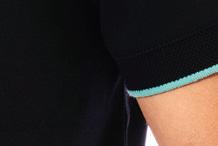
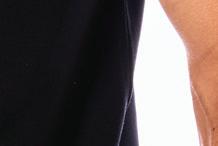






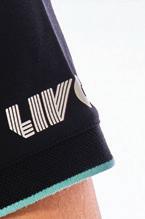
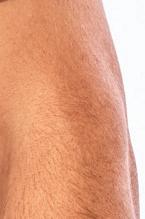
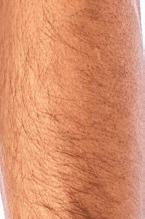

RISING STOCK
Niemann, 26, of Chile, is a multiple winner on the LIV Golf Tour in 2025.
‘I like to feel my chest and arms are moving together through the ball like one unit. If your chest stops moving, your hands take over and you mis-hit it.’
—NIEMANN
IT’S CALLED THE GRID, A BALL-STRIKING CHALLENGE that has amassed more than two million views on Golf Digest’s YouTube Channel. The task for The Grid’s competitors— which has included Jon Rahm, Bryson DeChambeau and Scottie Scheffler—is to hit a ball into a 10-yard target area on command using whatever club they wish. The goal is to hit all 10 different landing areas, presented in random order, in as few attempts as possible. A perfect score is 10 attempts. Rahm and DeChambeau did it in 17 shots. Scheffler carded a 15. When Joaquín Niemann tried it, he needed only 11.
“I can’t believe I missed one, I should’ve gotten a 10.” Niemann says.
With the possible exception of Scheffler, Niemann might be the best pure ball-striker in the game—even his fellow pros think so. “He’s an absolute flusher,” says 2022 Open Championship winner Cam Smith, who plays with Niemann on the LIV Golf Tour. “He hits it on the screws every time.”
It’s a skill Niemann credits to his technique. As an undersied guy compared to many of his peers, the 152-pound Niemann initially focused on swing speed to keep up with the distance of bigger players. Soon, however, he realised more speed couldn’t make up for the distance lost when he hit the ball off centre. Now he has developed a series of checkpoints in his swing that help him get the best of both worlds—good speed and pure contact. The result is lasered iron shots. On the following pages, he’ll share some advice to help the rest of us get the same.
—LUKE KERR-DINEEN








































NIEMANN’S PERFORMANCE ON THE GRID
GRID CLUB USED DISTANCE
180-190 yds 7-iron 183 yds
210-220 yds 5-iron 212 yds
250-260 yds 7-wood 251 yds
220-230 yds 4-iron 225 yds
200-210 yds 5-iron 208 yds
260-270 yds 3-wood 278 yds
260-270 yds 3-wood 270 yds
230-240 yds 4-iron 233 yds
240-250 yds 7-wood 245 yds
190-200 yds 6-iron 200 yds
270-280 yds 3-wood 275 yds






Attractions



Activities
Dining
Health
Education
Entertainment
Real Estate
Hotels & Resorts
Shopping
The

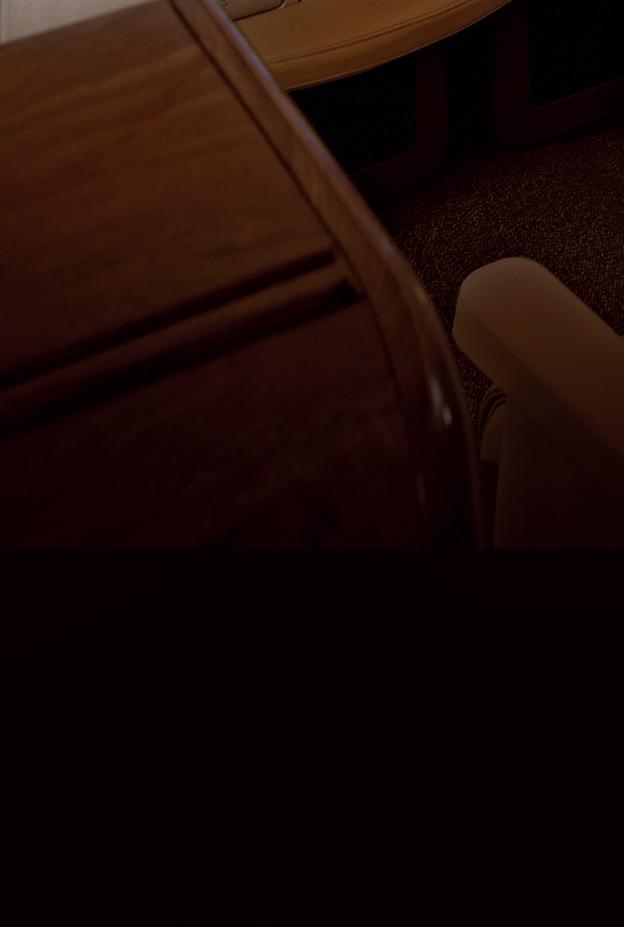

















‘Before every shot, I picture the flight I want to see. This is not a time to think. It’s a time to see the shot and be athletic.’

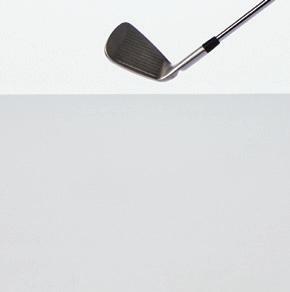


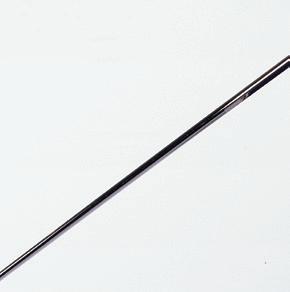

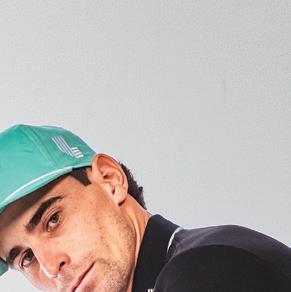
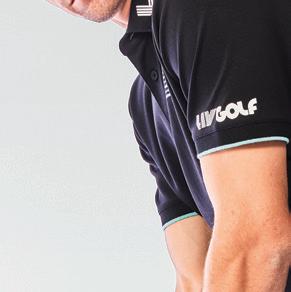
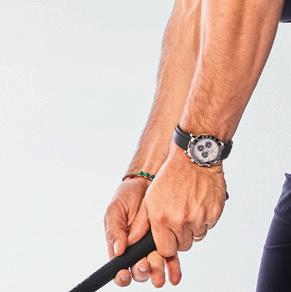
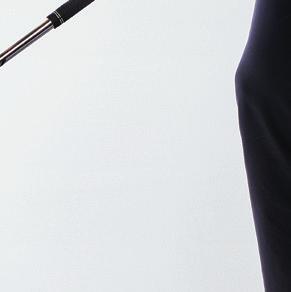
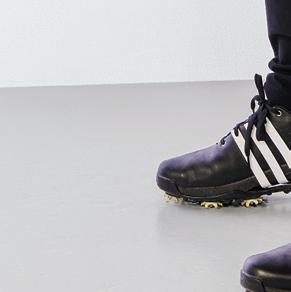


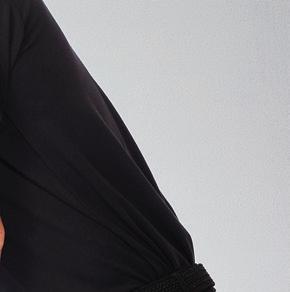
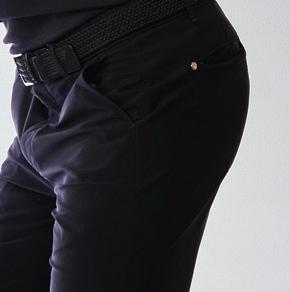
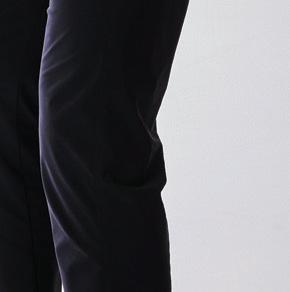
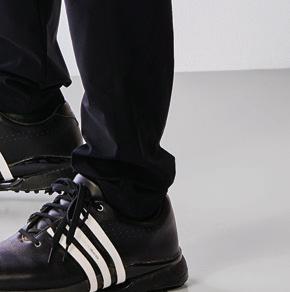






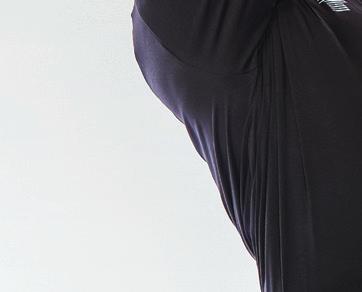



‘I always try to pose my finish. If you can hold it easily for three seconds, your balance is good. It’s easier to hit the ball better that way.’

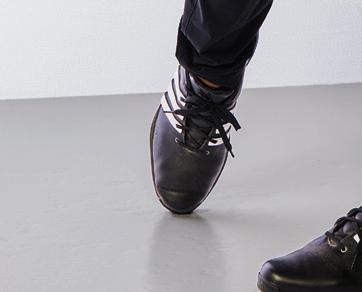
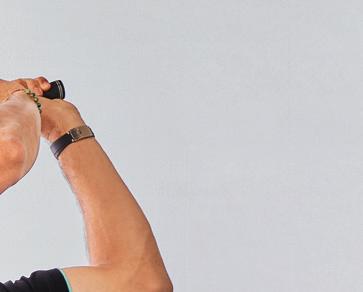

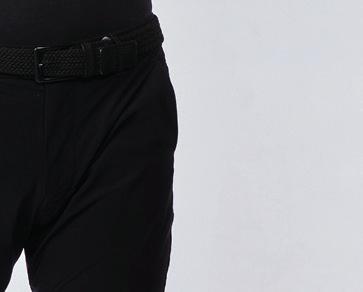
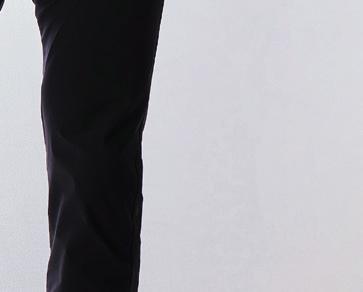
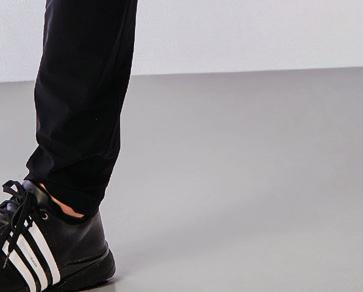







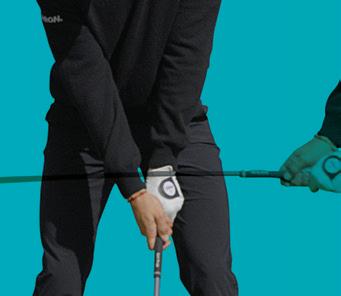



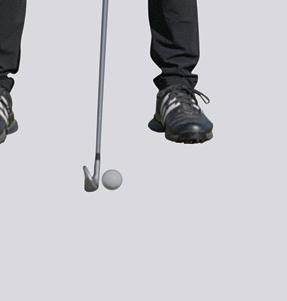
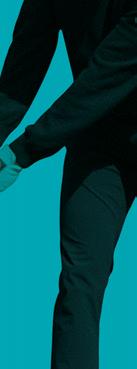

Niemann: Your ball-striking will improve a lot if you focus on weight shift and segmental body rotation

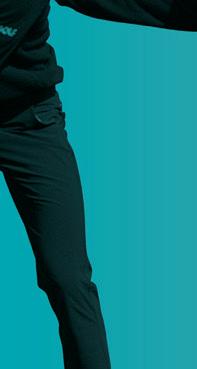

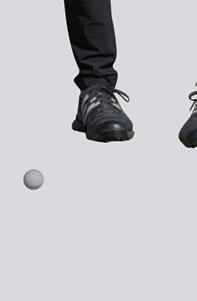

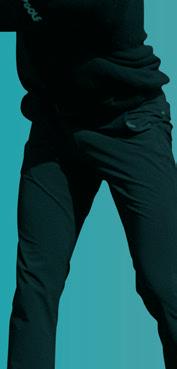

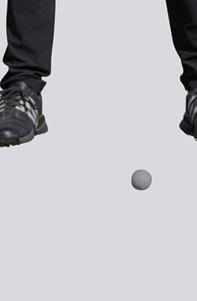

MY GOLF SWING HAS a lot of rotation. A big turn back is how I create speed. A big turn through is how I unleash that speed. You might not have that kind of flexibility, but if you want to hit quality iron shots, make your body the swing’s engine. There’s less that can go wrong if the big muscles lead instead of focusing on the movement of the arms and hands.

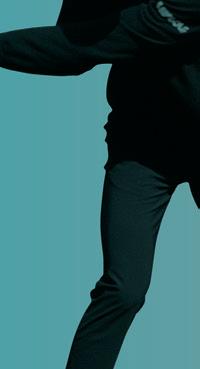

I like to feel my chest moving the clubface instead of my hands. It gives me more consistency. However, there is one good swing thought involving the hands that will help you blend the rotation of your body with the swinging of your arms. On the downswing, I feel like my right arm is skipping a stone, not chopping an axe. It helps me stay down and make a


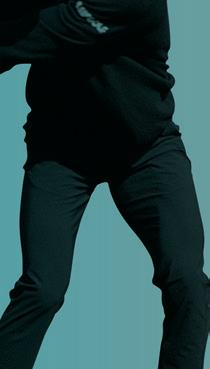
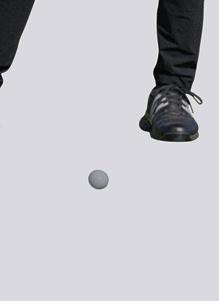




good turn through the ball. A lot of amateurs stand up too soon, flipping their hands and hitting fat shots or hooks. You have to stay down and turn.
Back to proper weight shift, I like to feel a big move into my right side in the takeaway, but it’s back to 50-50 on both feet at the top. Then comes the key: I transfer my weight to the front leg before starting down. That is


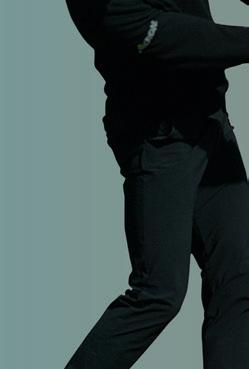
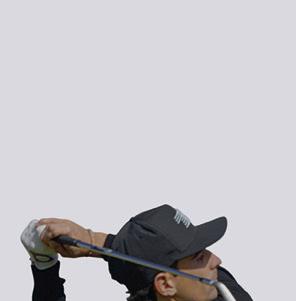
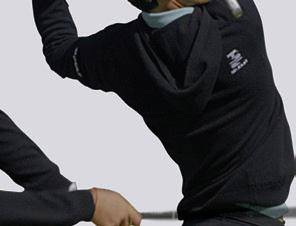



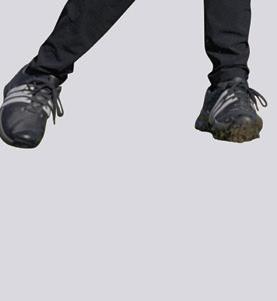


the most important move if you want to pure a shot off the turf or muscle it out of the rough. I see many amateurs who aren’t very good at this, but you have to get your weight moving toward the target.
Keep in mind that this shouldn’t be a violent move. I was the skinny kid growing up, so I learned to use my flexibility and swing hard to hit the ball longer. Now I

know it’s more important to stay in control and not hit the ball off the planet.
It’s why I do a few things during every range session to get my swing in check: (1) I make sure to stretch. I turn my upper body back and forth without moving my hips. Then I turn my hips without moving my shoulders. You need separation between your upper and lower body to swing

properly, so it’s important to get warmed up; (2) I hit balls with a PureOne iron, which is like a 9-iron with a way smaller head. When the sweet spot is that tiny, you have to find good rhythm or you’ll mis-hit it badly; (3) I focus on tempo for a while, but I finish a session hitting different kinds of shots. If I leave the range with a good feel for that day, I know I’m ready to rip it.
T H I S I S
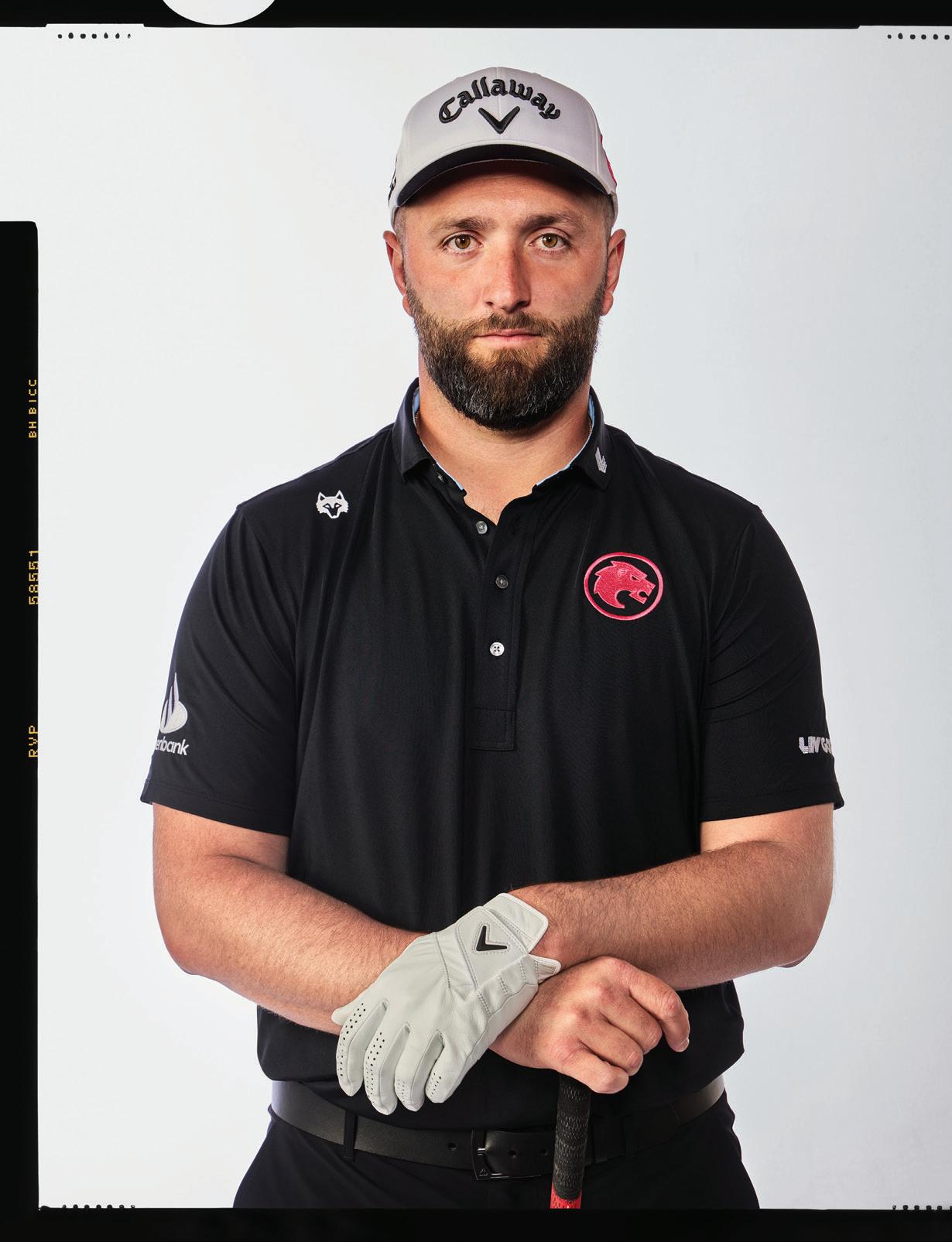
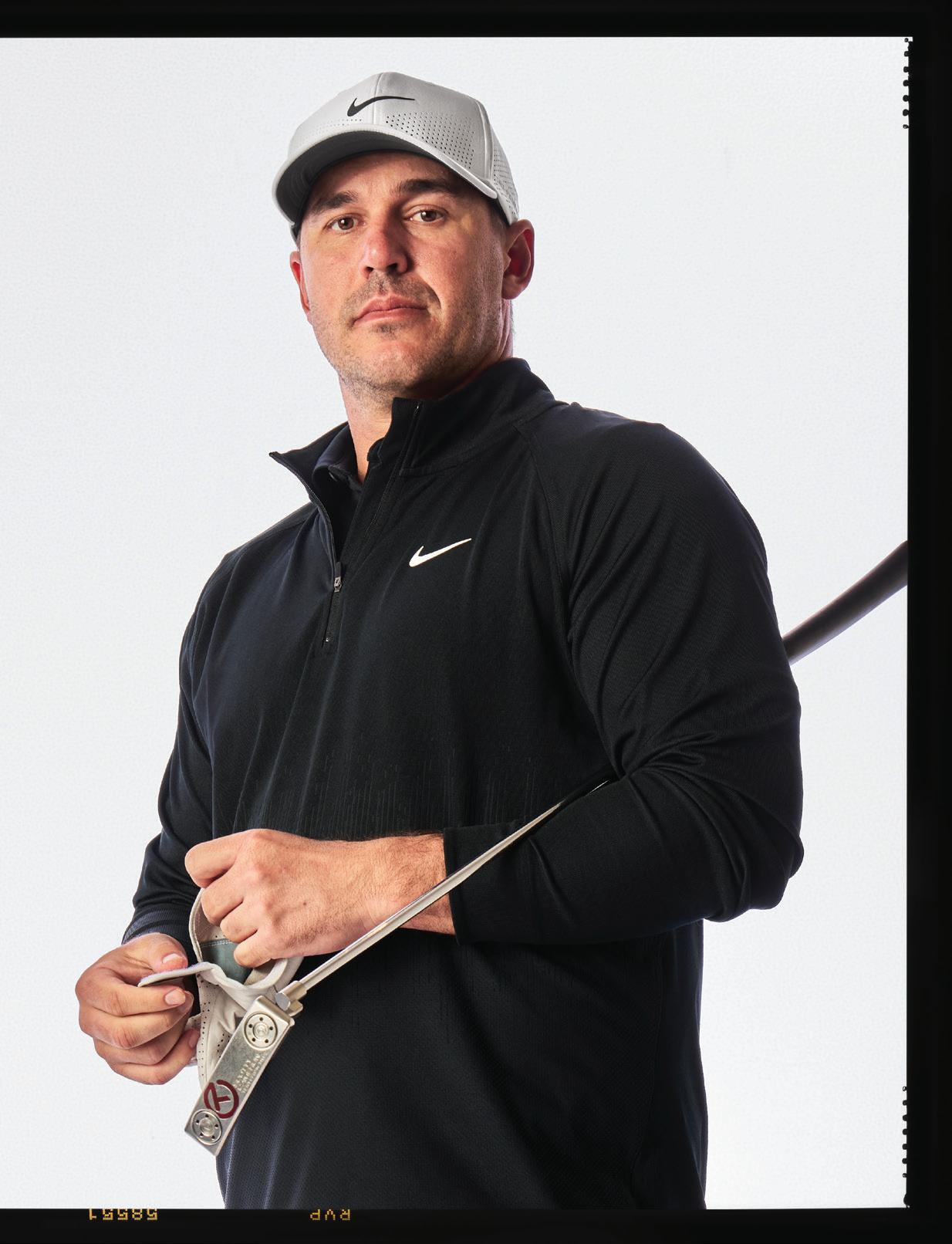
THE BIG HITTERS’ CASE FOR PROFESSIONAL TEAM GOLF
O U R C A P T A I N S P E A K I N G
BY MAX ADLER



















ONE NICE THEORY ABOUT TEAM GOLF IS THAT it trains you to never give up. When your score is tethered to teammates, an individual is less susceptible to wallow in self-pity on a bumbling back nine.


“You never know what can happen on the last few holes. You may find something within you that you can carry to the next event. An 82 is always better than 83,” says Jon Rahm, who recalls a moment in the locker room during his days at Arizona State University. He and the No. 2 player combined for -29 in their home tournament, but the rest of the team dragged their score to -25 and a second-place finish. “I wish I would’ve gone full Bill Belichick and ripped them, told each person everything I thought they did wrong, that there was no chance anyone of them would ever be a pro playing like this. But instead, I tried to make guys feel better by saying ‘aw, you’re so talented’ and stuff like that. It was a split-second decision I’ve always regretted.”



Rahm is now the captain of Legion XIII on LIV Golf whose interest it is to promote teams as





BETTER TOGETHER
Joaquin Niemann believes camaraderie has improved he and his teammates as people.
key to the future of the pro game. It’s a rare point of unity, with the other side of golf’s civil war also investing in the concept. The recent launch of indoor simulator TGL— Tomorrow’s Golf League— by Tiger Woods, Rory McIlroy and extension the PGA Tour, organises teams around major American cities in a format that airs on primetime and can’t be affected by weather.



Commercially, there’s an idea that a team of golfers, even if geographically contrived, is worth more than their sum as individuals. Teams don’t skip events, miss cuts or suffer career-ending injuries that leave sponsors holding an empty bag. Fandom accrues and passes to generations, unlocking all manner of longer-term marketing deals. But as a golf lover, presumably you don’t care about any of this, the business. You’re more fascinated by how the greatest players in the world think, practice, compete, live. Money aside, what’s it like being on a team permanently, as opposed to the biennial gatherings of Ryder and Presidents Cups? It’s a question that takes a pausing of hostilities to answer.


(Though to truly put money aside, let’s first put it on the table. In 2024, Scottie Scheffler earned $63 million in prize money and bonuses. Jon Rahm earned $35 million plus whatever chunk we might allocate from his multi-year LIV Golf contract, estimated around $300 million. In each of the 14 LIV Golf tournaments in the 2025 season, individual winners will receive $4 million and winning teams will receive $5 million toward their franchise operating budget. As unchanged by money as Scheffler’s personality and competitive drive seem to be, let’s temporarily/graciously assume similar for the other top golfers of this world for whom dollars have reached mathematical abstraction.)




I RECENTLY SPOKE TO SEVERAL TEAM CAPTAINS in a LIV Golf players dining lounge, which does look different. Rather than individuals, a roving eye always landed on four golfers in matching poppy polos, moving like slow tracers in and out of the buffet line and choosing tables collegially. But for the incessant ping pong game and throes of excitement reverberating from Sergio Garcia and his Fireballs GC, the following quotes are accurate.
“I think we have the closest team out here. We’re



JOAQUIN NIEMANN

“THERE IS NO QUESTION THAT I PLAY BETTER WHEN I AM AMPED.”


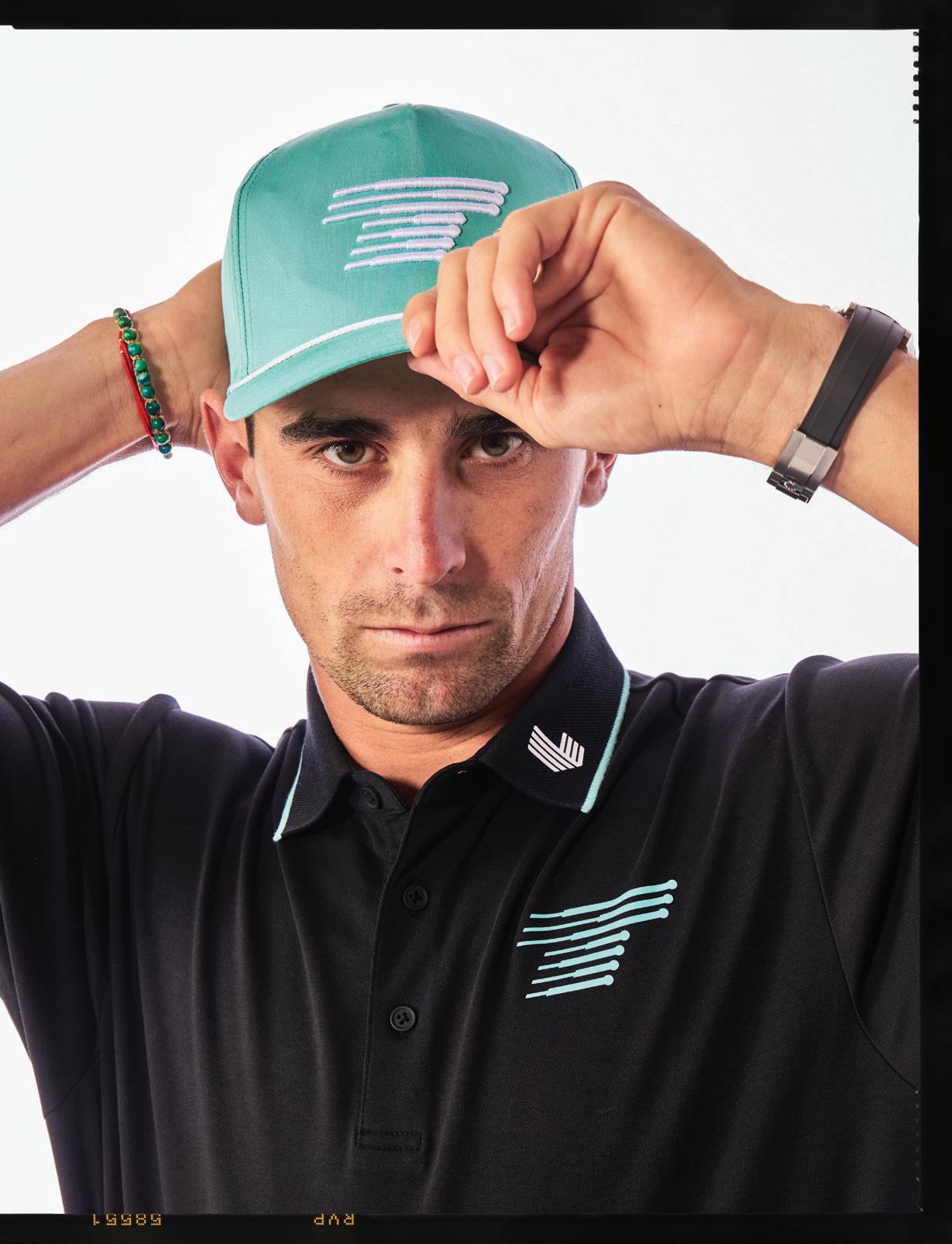




“ASSERTIVE BUT NOT MEAN, IS HOW I THINK THE GUYS WOULD DESCRIBE ME.”


genuinely four good mates who care about each other and want the best for each other. We have a lot of fun, but we also work really hard,” says Cameron Smith, captain of the all-Australian Rippers GC (Marc Leishman, Lucas Herbert, Matt Jones) that won the 2024 LIV Golf team championship. During lulls in the schedule, Smith organises team camps that are three days of playing and two days of practice, usually in Australia or Florida. All four players, four caddies, four swing coaches, two physios, the club manager and his assistant submit to a schedule overseen by Smith, though in his ear more this year is Tony Meyer, High Performance Director at Golf Australia, who Smith just hired.
“Getting to train with other good players and compete against each other in training is a big advantage,” says Meyer, who has coached national teams of all age levels across 20 years. “The disadvantages can be that every player needs to work on something different to develop and training together can limit this .... Professional team players have significantly more experience and require far less direction as they know what works for them.”



“Assertive but not mean, is how I think the guys would describe me,” says Smith, who is at his most vocal leading putting and short-game drills with “meaningful” stakes. “I think Herbie enjoys it, but the other two maybe not so much,” he laughs. The camps don’t come close to replacing the lost competitive hours of a PGA Tour schedule, but Smith believes the quality is higher. “There’s more information being shared. Nobody is holding things close to their chest. Instead of going to dinner and talking about our families and whatever, the conversation gets very focused on golf. At night I wonder all the time, what can we do to get better as a team?”

and get frustrated and don’t want to do certain things, it’s one thing when you’re by yourself. It’s different when you’ve already expressed your goals to a group and need to put your word into value.” Personally noticeable for Niemann has been a shift away from loneliness. “When I first came out, it was 28 weeks a year, and sometimes my agent or coach was there, sometimes not. It gets kind of weird.” On LIV, the shotgun start is conducive to team meals and practice sessions, as everyone arrives and leaves the course around the same times. Niemann really likes the warmups. “We have four spots on the range, and if not, we’ll take turns watching each other, talking about the course, certain shots, getting each other pumped. The music is playing, it’s incredible. Now when I go to a DP World Tour event, it seems blah, sort of chilling. There’s no question that I play better when I am amped.”


TASKMASTER
Cameron Smith regularly organises practice drills with stakes among his team.




Another of the more obviously cohesive teams is Torque GC (Joaquin Niemann, Mito Pereira, Sebastián Muñoz, Carlos Ortiz) as all are youthful and Spanish-speaking. Apart from Muñoz, three share a swing coach in Eduardo Miquel. “We have a group text chat, just the four players, and a larger team chat that has 10 people, and we are always going back and forth to make sure everyone is on the same page,” says Niemann, the captain who finished second to Jon Rahm in the 2024 individual standings. Last season, there was tension when it was perceived Muñoz was bringing a bad attitude to practice rounds. Even world-class golfers are prone to psychological slumps. When the three confronted Muñoz, the conversation went very well, according to Niemann. “When you have a bad day


THAT LIFE AS A TOUR PRO CAN BE ALIENATING is not a new observation. Hours of lonesome travel interspersed with cutthroat competition has always favoured the psychologically strong. But has it gotten worse? In a recent article in the Atlantic, writer Derek Thompson dubs ours “The Anti-Social Century,” and argues that as we’ve become increasingly phone-bound, homebound, steadily building a penchant for AI interaction and takeout meals, we’ve deluded ourselves into thinking the convenience of being alone makes us happier than being with other people. Projecting a greater societal ill onto professional golf certainly isn’t a perfect fit— pro golfers are not homebound as they literally live in front of crowds—but they, too, share the habits and behaviours of our time. Almost any PGA Tour Champions golfer you ask laments the more friendly decades of pro golf before everyone started walking around with their heads buried in their iPhone, or practicing and working out with earbuds in.



Rahm—whose teammates are Tyrrell Hatton, Tom McKibbin and Caleb Surratt—never holds team meetings or practices. “We have dinners, but everybody knows what he has to do to get into his own headspace to prepare …. I’m there to pick up somebody after a round if needed, but my job is to perform well and be the face to attract partners.” Though Rahm likes to think he is a mentor to Surratt, age 21. “Like a lot of new pros, Caleb was trying to change too many things at once. I tell him to slow down and laugh and see the world as a kid, which is a good lesson for us all.”
Rahm says he agonised for weeks over the naming of his team. “The first name we considered was ‘Atlas,’ a Titan who was punished to hold up the sky, but it didn’t feel quite right.” When it dawned theirs would be the thirteenth team in the league, Rahm’s mother reminded him of the comic book series he used to read as a kid, Asterix and Obelix. In one story, Legion XIII is a troop that wages endless war with a small French village endowed with superhuman strength by a wizard. The legionnaires had “crossed






the Rubicon” river to reach the battlefields, which echoed Julius Caesar’s loyal legion during Rome’s civil war, and in turn, Rahm saw his difficult decision to defect from the PGA Tour. “I want our team to be the one that stands its ground against all odds.”




CAMERON SMITH BELIEVES THERE ARE TWO types of golfers: those that play better for a team and those that play better on their own. “You can kind of tell when someone is out here just for himself,” he says. Though trying hard is no guarantee for success, either. “The stress of being on a team breaks some people down a bit. That vulnerability toward the close of a tournament, when the team leaderboard is having wild changes, is the coolest thing.”




While the bottom third of golfers on LIV Golf likely wouldn’t earn Korn Ferry Tour cards if they tried, they are nevertheless accomplished players with egos. When or how does a captain intervene if his player is struggling? “I would first have other conversations to confirm what I see and then approach the player’s caddie,” Rahm says. “Then maybe the player chooses to come to me. It could be he’s working on something I don’t fully understand, and so just barging in straight away and telling someone what they need to do is not usually a good method.”



Brooks Koepka is the captain of Smash GC (Graeme McDowell, Talor Gooch, Jason Kokrak) which is the only team without a general manager. That means Koepka exercises control over details great and small. “I like having my hand in everything. It’s fun learning about other people’s businesses when you play golf with them, and discussing how you might connect.” Koepka thinks TGL did a good job with its logos and the technology, but is dismissive of any meaningful differences ushered in by teams in the modern pro world. “It’s still a job. If you don’t have enough selfmotivation, you won’t be out here long.”





Henrik Stenson thinks a wider pool of potential fans can connect with teams.


Does the fact of every Smash GC golfer using the same physical trainer, Mark Wall, provide some unity to a seemingly disparate collection of personalities at different stages of their career? “Not really. We all come from the same world, we all played the tour, a lot of paths have crossed.”

believe the prime age for a golfer was 35 to 40. It’s a generational thing. More and more guys are ready sooner and younger now.” Eugenio Chacarra went straight from Oklahoma State to LIV Golf and won in his fifth start, but after a sophomore slump was removed from Fireballs GC. In another high-profile dismissal, Koepka traded Matthew Wolff after publicly questioning his work ethic. When everyone gets along, the bosom of the team model is increasingly preferred. NIL deals that let amateurs accept endorsement deals, as well as the PGA Tour U Ranking that awards status to bypass minitours, are both new incentives for college golfers to incubate longer in amply funded D-1 programs. Following the lead of most other top golf countries, the USGA established in 2023 a national development program that’s funding the training of the most talented kids under the watch of group coaches. A lot of these golfers might be first recognised in PGA Jr. League, the successful grow-the-game initiative whose team- scramble format and vibe resembles Little League baseball. There are a thousand more girls high school golf teams in this country than 10 years ago.








How might your team describe you as a leader? “Quiet, hardworking. I lean on Graeme to be our communicator. At a tournament, I’m solely focused on what I got to do …. If everyone on our team kills their category, including those with non-playing roles, we’re going to do fine.”
Is there a vision of what Smash GC is, or aspires to be? “There’s definitely a vision, but I’m not going to say it. Each fan needs to identify with what they like on their own. Come find out for yourself what we are.”



GC (Ian Poulter, Lee Westwood, Sam Horsfield) sees pro teams as a progression of the team environments he thinks most golfers enjoy more. For total personnel, the Majesticks are the largest LIV Golf team, its front office having already produced a docuseries and started a charitable community program, Little Sticks, that supports golf’s inclusion in school P.E. programs. At 48, Stenson is quick to talk beyond his career and a future where golf events more resemble ice hockey games—with T-shirt cannons, mascots, music and a variety of diversions to entice people of all ages and backgrounds. “I’ve been playing golf for 35 years and am very much a traditional golfer in many ways, but how are the younger generations looking at the game and what’s going to be their way in?” As a rule, Stenson thinks people more easily connect with teams. “If LIV Golf had launched in a different way, with all of the golf world behind it, I think every golf fan in the world would’ve had a cap for one of these 13 teams.” But it didn’t. To describe the current golf world in as few words as possible, hard to do better than “nobody’s happy.” The fans feel cheated getting to see the best compete against the best only four times a year at the majors. The companies that sponsor tournaments are being asked to foot more prize money


Five-time major champion Koepka famously took a path less traveled as a young American, going first to the then European Challenge Tour and learning to travel and fend for himself, and win. Might going straight from a college team to a pro team prevent a golfer from getting road-hardened? “It’s all up to them. Everybody grows differently. People used to


HENRIK STENSON

“HOW ARE THE YOUNGER GENERATIONS LOOKING AT THE GAME AND WHAT’S GOING TO BE THEIR WAY IN?”



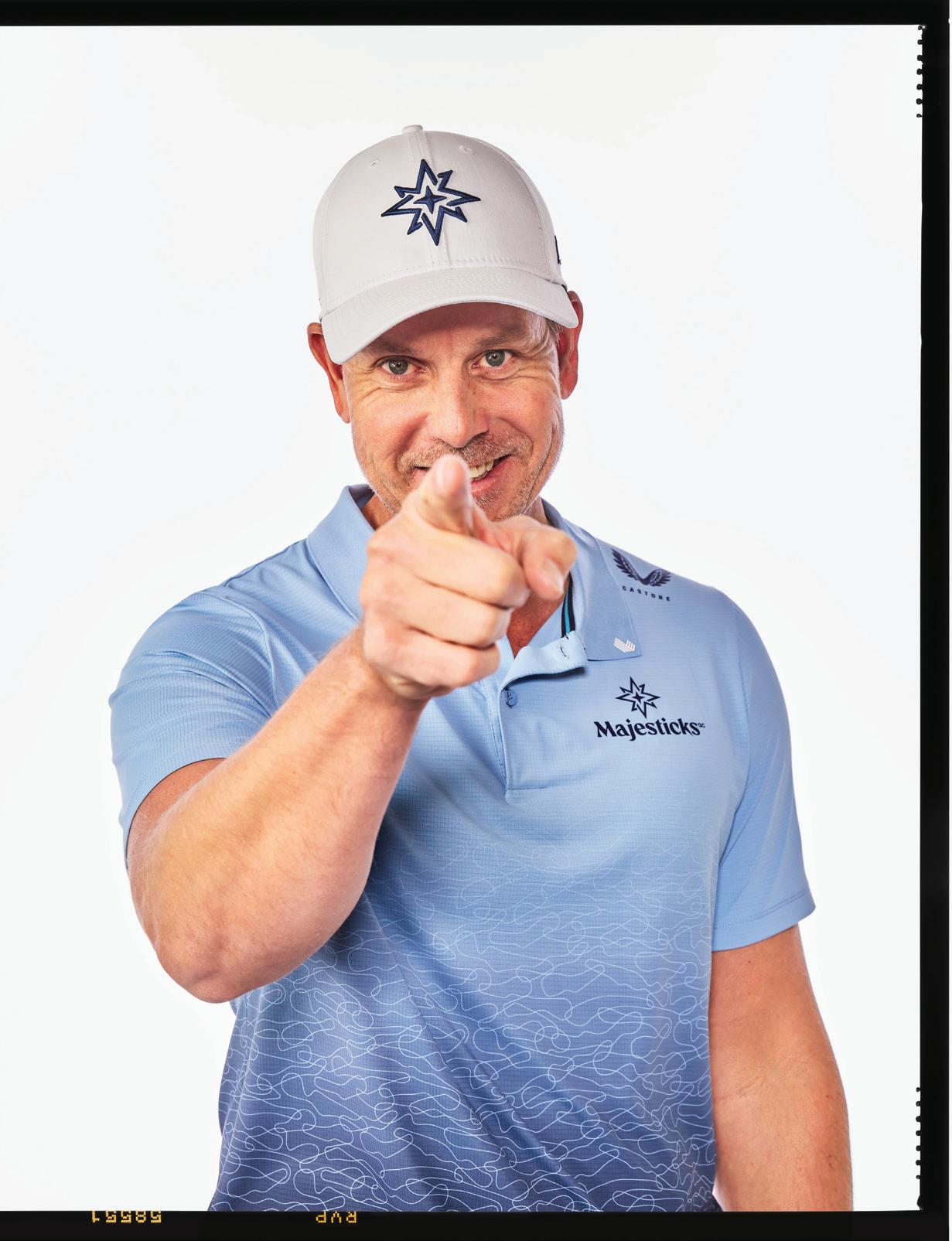

for weaker fields. The TV networks that broadcast golf are suffering lower ratings. The charities are being squeezed as flows of money are redirected. The rank-and-file are frustrated by narrower paths to the signature events and other special rewards designed to placate the stars. The stars are ever vigilant that justice for loyalty and disloyalty be correctly meted. The players who signed with LIV Golf feel unfairly vilified in the public forum, and at least a handful aren’t playing in the majors who should be, which completes a kind of circle of dissatisfaction.
To a man, LIV Golf captains bemoan the lack of imagination and resistance to change they’ve faced. The Ryder Cup is one of the most-watched events, so why shouldn’t there be regular teams like the other major sports? Any answer must include that they’ve yet to convince fans they care. The same criticism could be lobbed at the golfers of TGL, who, understandably, can come across as more preoccupied with delivering snappy repartee into their mics than the outcomes of the matches. Creating a new league or sport from scratch is hard. What can team golfers do to truly capture the fans?
“One of my favourite sayings is that a team always beats a roster,” says Dr. Bhrett McCabe, a leading sports psychologist, alluding to how cohesion will trump a sampling of all-star talent. An idea that could apply to attracting fans as much as scoring points. “A group of people becomes a team when each individual is truly less important than the team,” McCabe says.
In 2025, you will see the full marketing power of
“THERE’S DEFINITELY A VISION, BUT I’M NOT GOING TO SAY IT . . . COME FIND OUT FOR YOURSELF WHAT WE ARE.”
an ambitious organisation unleashed. Their new slogan, “Long LIV Golf,” frames their efforts as saving our great game by pushing it forward into global modernity. Scott O’Neil, the new CEO, and several of his lieutenants have backgrounds working at the highest levels of professional team sports and stadiums. With business acumen, not to mention sophisticated data-tracking technologies enabled by your ticket, might they achieve in years what took most sports franchises decades upon decades? A genuine following.
The captains all remind it’s early—2025 will be just LIV Golf’s third full season. Smith says he’s already hearing “Go Rippers” more than his name, especially among Australian galleries. He foresees a day when Rippers recruits are the cream that rise in a feeder system co-sanctioned with Golf Australia. Rahm’s Legion XIII may set up something similar with his alma mater, ASU. Rahm also says he’s not entirely opposed to flipping the purses to make the team prize the more lucrative, if that’s what it takes.
Money can be pushed aside only for so long.


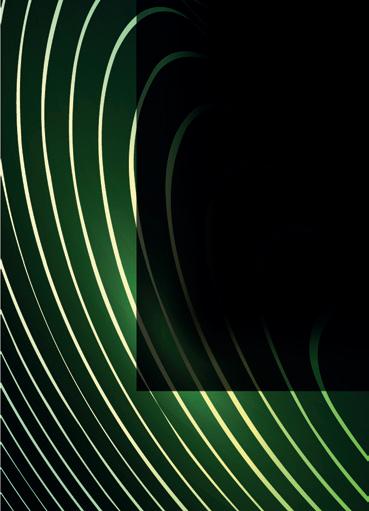













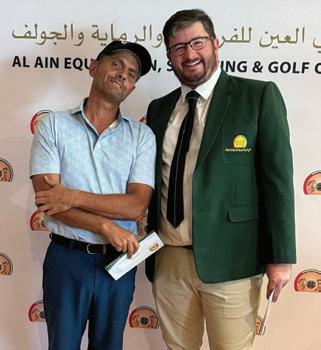
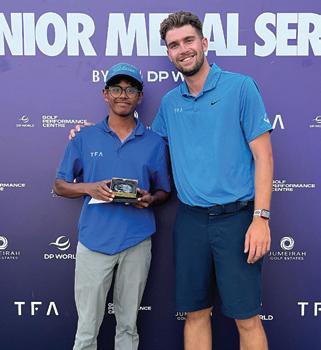
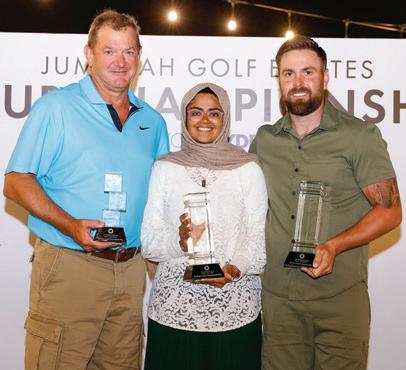
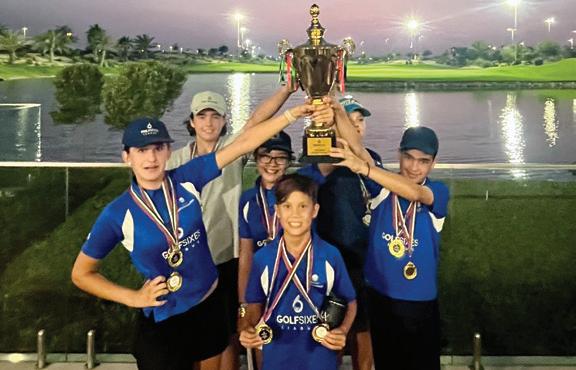
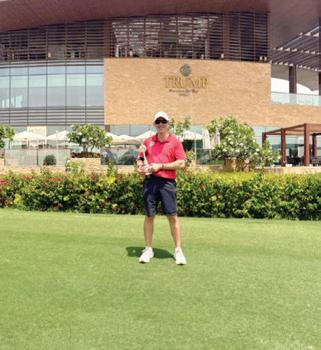
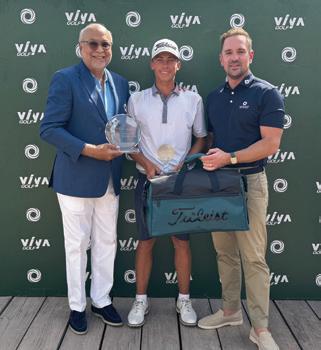


‘A masterful exploration of resilience, innovation and transformation within the MENA region’
DEEPAK CHOPRA

‘A must-read’
TONY FADELL
‘A captivating journey through the entrepreneurial landscape of MENA, showcasing the region’s economic progress and potential as a hub of innovation and growth’
REID HOFFMAN
‘An essential exploration of how MENA’s cultural identity and entrepreneurial ambition create a transformative narrative.’
HALA GORANI






